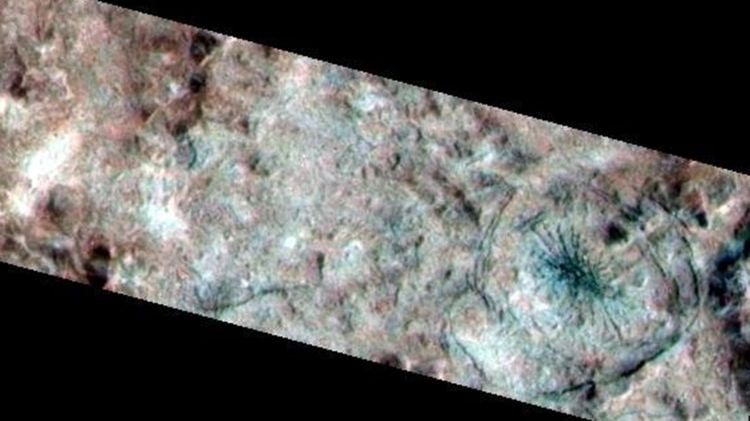
What geological features on Earth can be used to better understand unique geological features on Jupiter’s icy moon, Europa? This is what a recent study published in The Planetary Science Journal hopes to address as a team of researchers investigated potential Earth analogs for studying a unique geological feature on Europa scientists identified almost 30 years ago. This study has the potential help scientists gain insights into Europa’s unique geological features, some of which scientists hypothesize are caused by the moon’s internal liquid water ocean.
Continue reading
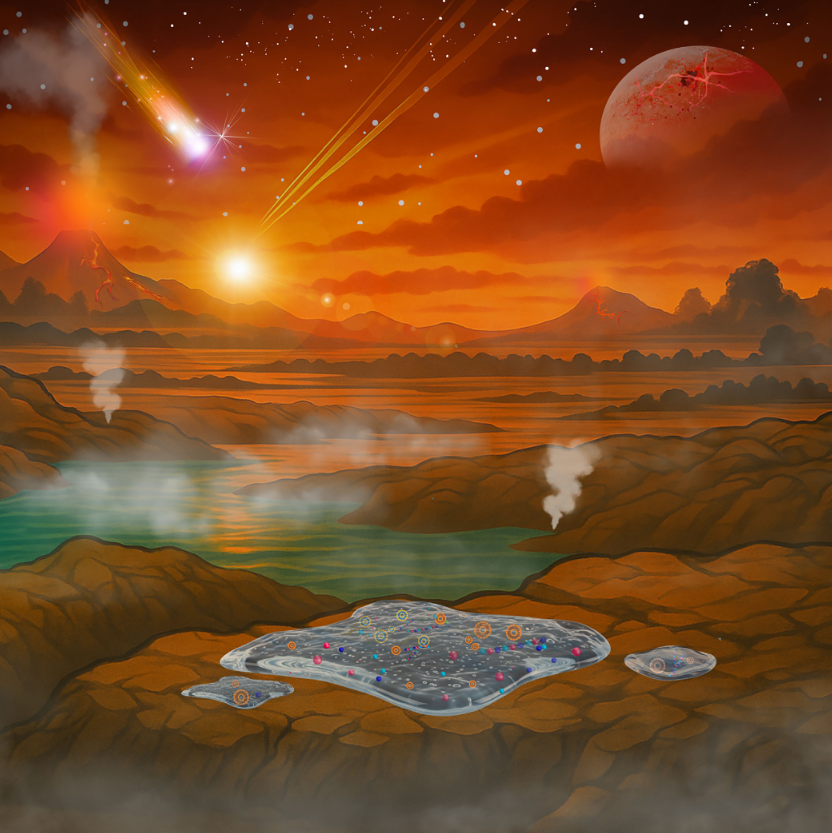
Surface-bound gels may have provided the structure and chemistry necessary for life to take root on Earth. These findings could also have implications in the search for life beyond Earth.
Continue reading
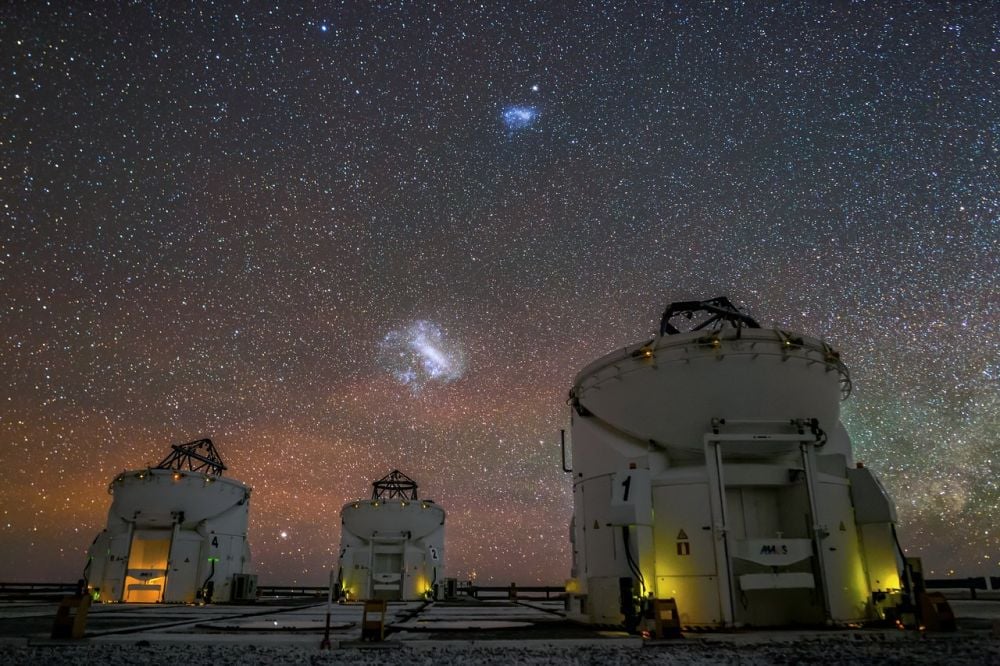
The Leibniz Institute for Astrophysics Potsdam (AIP) is forming a new research group that will focus solely on the Large and Small Magellanic Clouds. The pair of irregular dwarf galaxies are satellites of the Milky Way, and are natural, nearby laboratories for studying how galaxies form and evolve. The research group will make heavy use of the spectroscopic 4MOST survey from the VISTA telescope.
Continue reading

It’s one of the better annual meteor showers, and 2025 is shaping up to give sky watchers a chance to see it at its best. If skies are clear this weekend, be sure to be vigilant for the Geminid meteors.
Continue reading
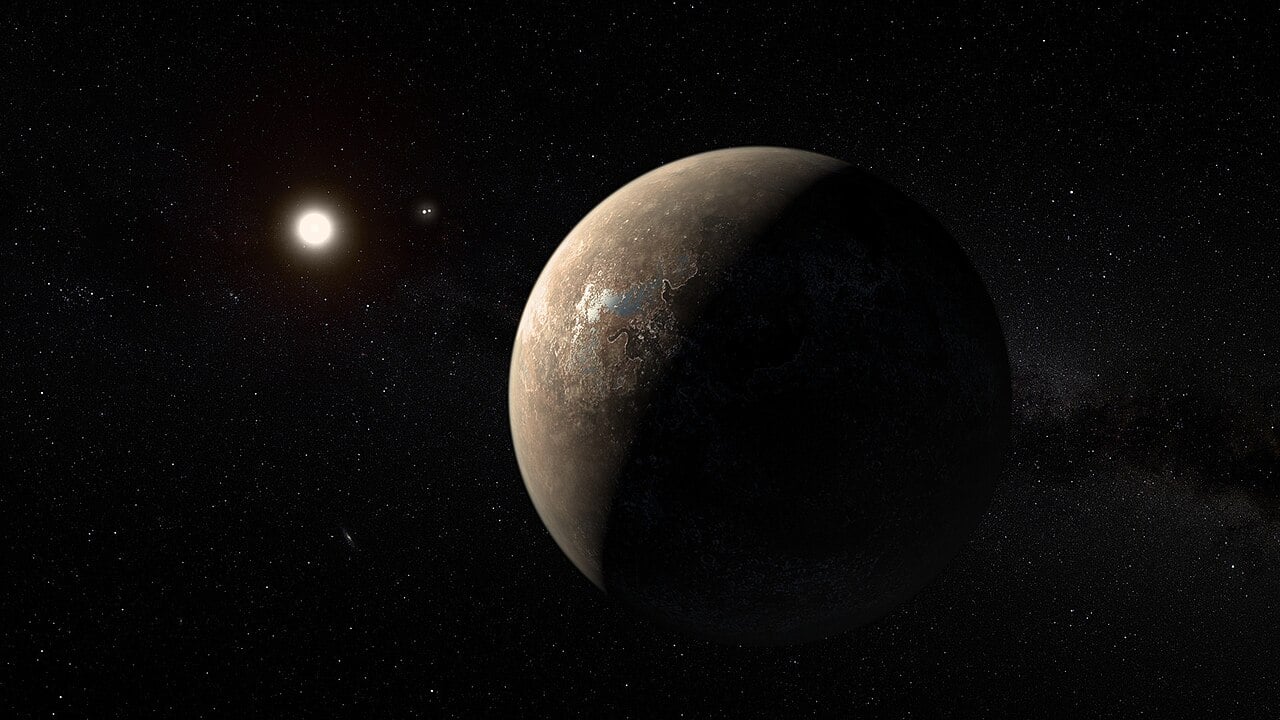
Scientists at the University of Geneva have successfully tested key components of RISTRETTO, a new spectrograph designed to analyse light from Proxima b, the nearest exoplanet to Earth. The instrument uses coronagraphic techniques and extreme adaptive optics to block a star's overwhelming glare and detect planets that shine 10 million times fainter. Simulations suggest RISTRETTO could not only spot Proxima b with just 55 hours of observation time but potentially identify oxygen or water in its atmosphere, offering our first chance to study the conditions on an Earth sized world orbiting our nearest stellar neighbour.
Continue reading
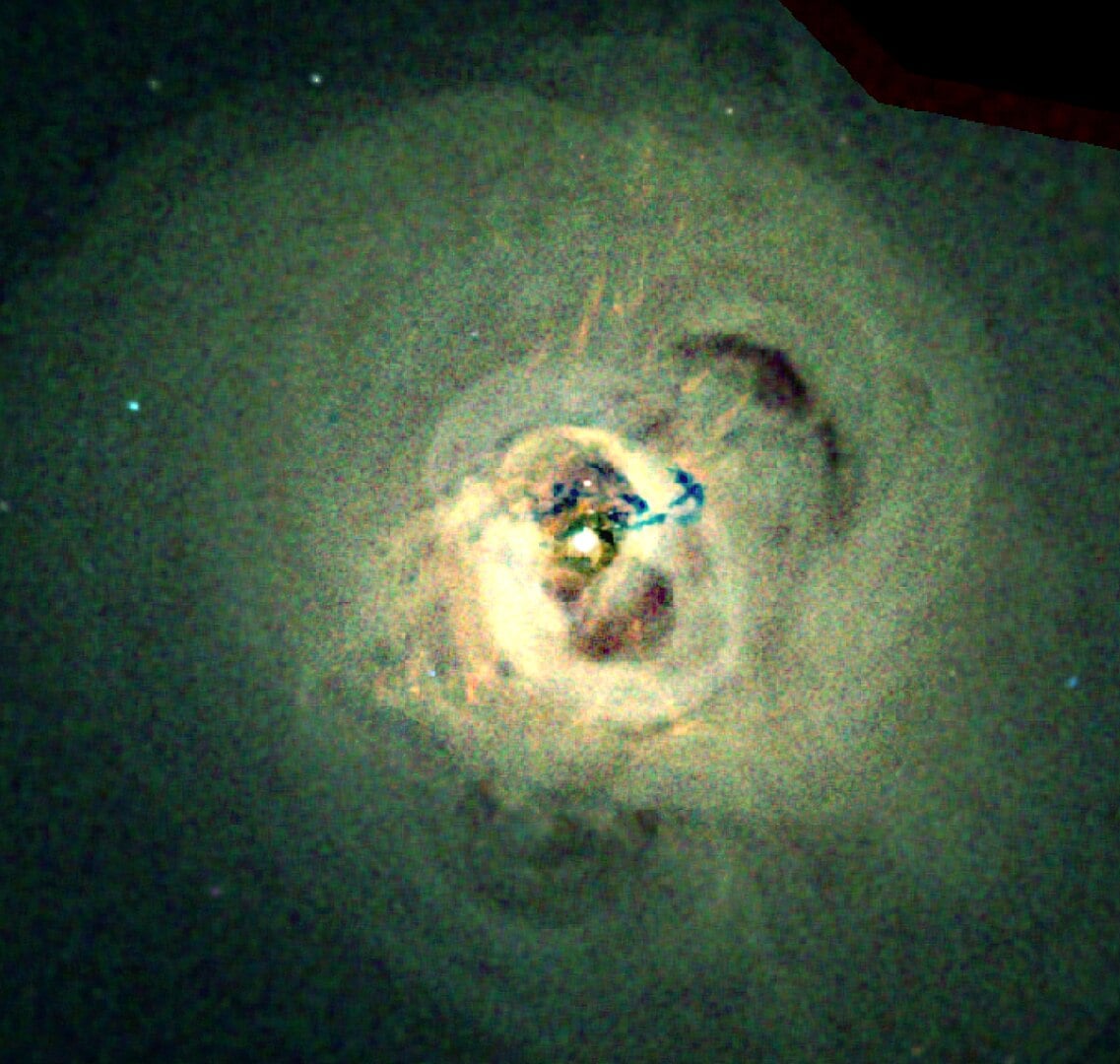
Astronomers have developed a new technique called "X-arithmetic" that reveals the hidden physics inside galaxy clusters. By analysing Chandra X-ray Observatory data at different energy levels and painting the results in vibrant colours, researchers can now distinguish between sound waves, black hole inflated bubbles, and cooling gas, enabling them to classify structures by what they are rather than how they look. The method has already exposed striking differences between galaxy clusters and galaxy groups, showing that supermassive black holes wield dramatically different influence on their surroundings.
Continue reading

There are already tens of thousands of pieces of large debris in orbit, some of which pose a threat to functional satellites. Various agencies and organizations have been developing novel solutions to this problem, before it turns into full-blown Kessler Syndrome. But many of them are reliant on understanding what is going on with the debris before attempting to deal with it. Gaining that understanding is hard, and failure to do so can cause satellites attempting to remove the debris to contribute to the problem rather than alleviating it. To help solve that conundrum, a new paper from researchers at GMV, a major player in the orbital tracking market in Europe, showcases a new algorithm that can use ground-based telescopes to try figure out how the debris is moving before a deorbiter gets anywhere near it.
Continue reading
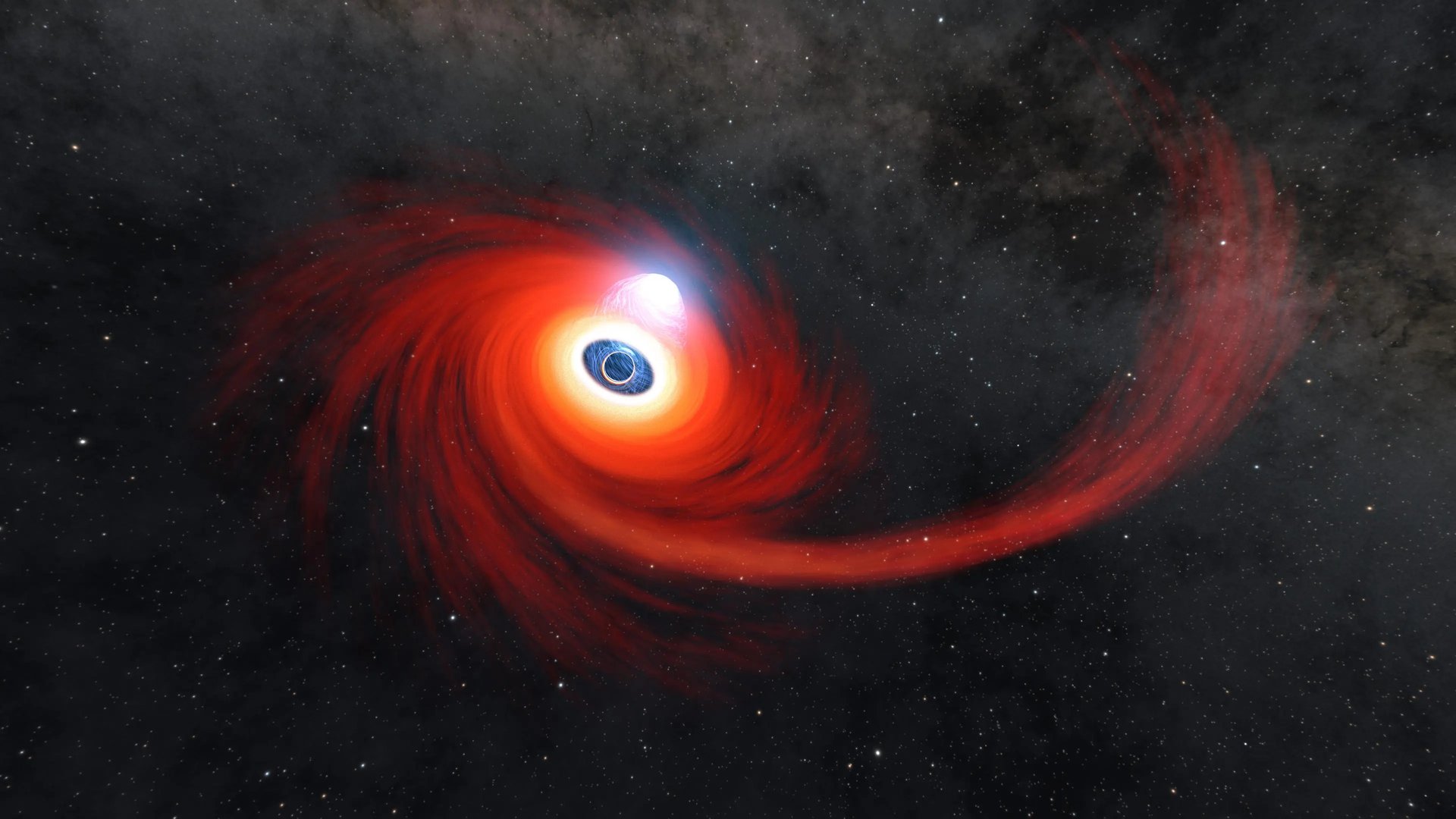
The challenge is that nothing in this universe is simple. And if there’s one thing you take away from today’s episode, then let it be that. Don’t ever let yourself fall into the trap of simple answers for difficult questions. We’re cosmologists, we study the universe as it is, not as we wish it would be.
Continue reading
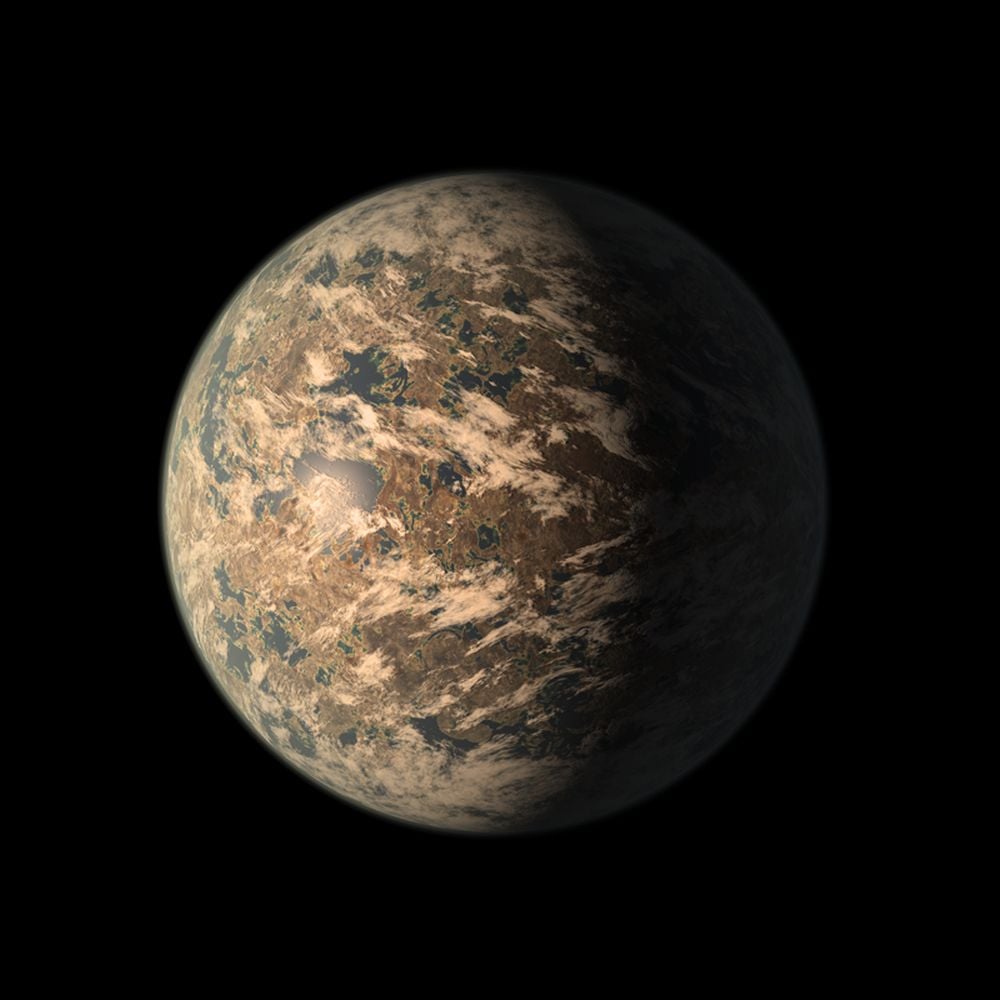
arXiv:2512.07695v1 Announce Type: new Abstract: One of the forefront goals in the field of exoplanets is the detection of an atmosphere on a temperate terrestrial exoplanet, and among the best suited systems to do so is TRAPPIST-1. However, JWST transit observations of the TRAPPIST-1 planets show significant contamination from stellar surface features that we are unable to confidently model. Here, we present the motivation and first observations of our JWST multi-cycle program of TRAPPIST-1 e...
Continue reading
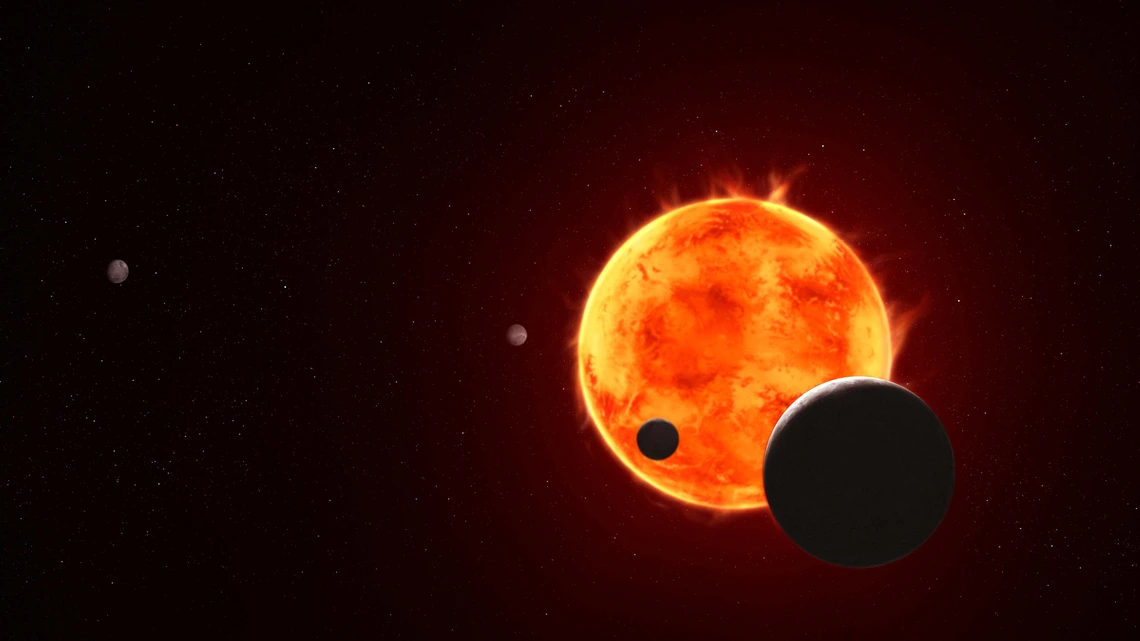
An international team of astronomers has published a series of papers detailing their observations of the rocky exoplanet TRAPPIST-1e using the James Webb Space Telescope (JWST). Their results, though ambiguous, are a big step towards exoplanet characterization.
Continue reading
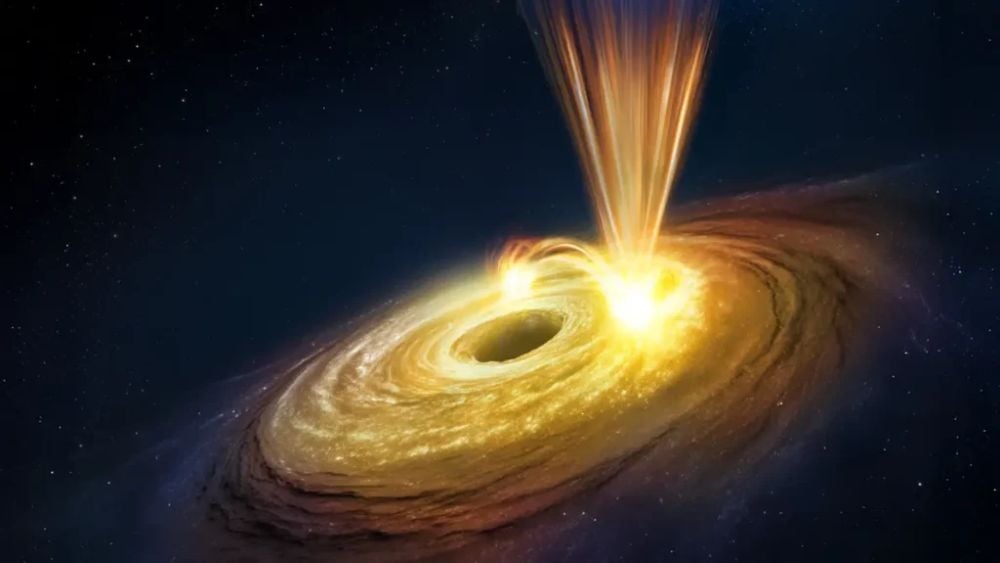
An international team of astronomers observed a sudden outburst of matter near the supermassive black hole NGC 3783 at speeds reaching up to 20% of the speed of light. During a ten-day observation, mainly with the XRISM space telescope, the researchers witnessed its formation and acceleration. Scientists often find that these outbursts are powered by strong radiation, but this time the most likely cause is a sudden change in the magnetic field, similar to bursts on the Sun that cause solar flares.
Continue reading
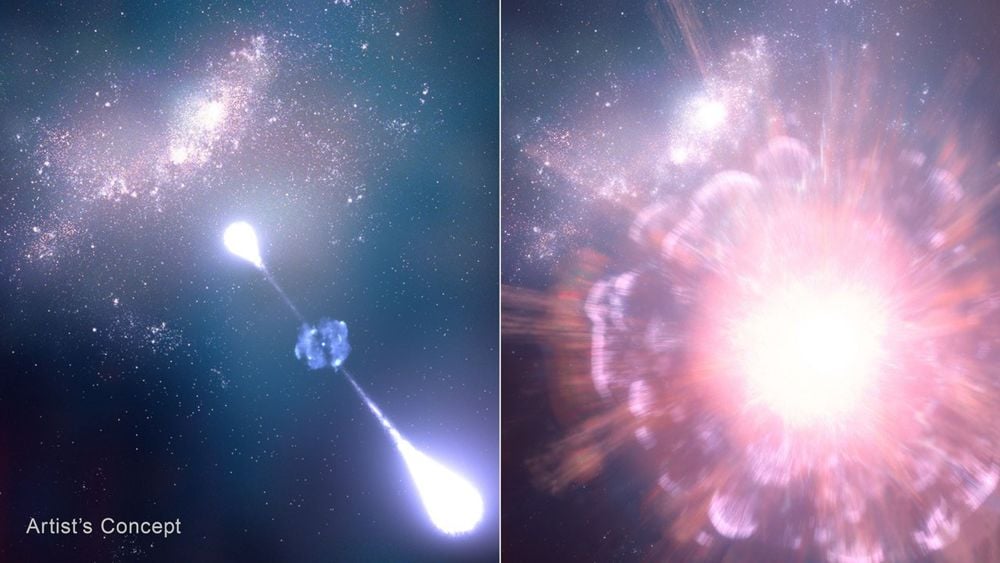
The NASA/ESA/CSA James Webb Space Telescope has confirmed the source of a super-bright flash of light known as a gamma-ray burst, generated by an exploding massive star when the Universe was only 730 million years old. For the first time for such a remote event, the telescope provided a detection of the supernova’s host galaxy. Webb’s quick-turnaround observations verified data taken by telescopes around the world that had been following the gamma-ray burst since its onset, which occurred in mid-March.
Continue reading
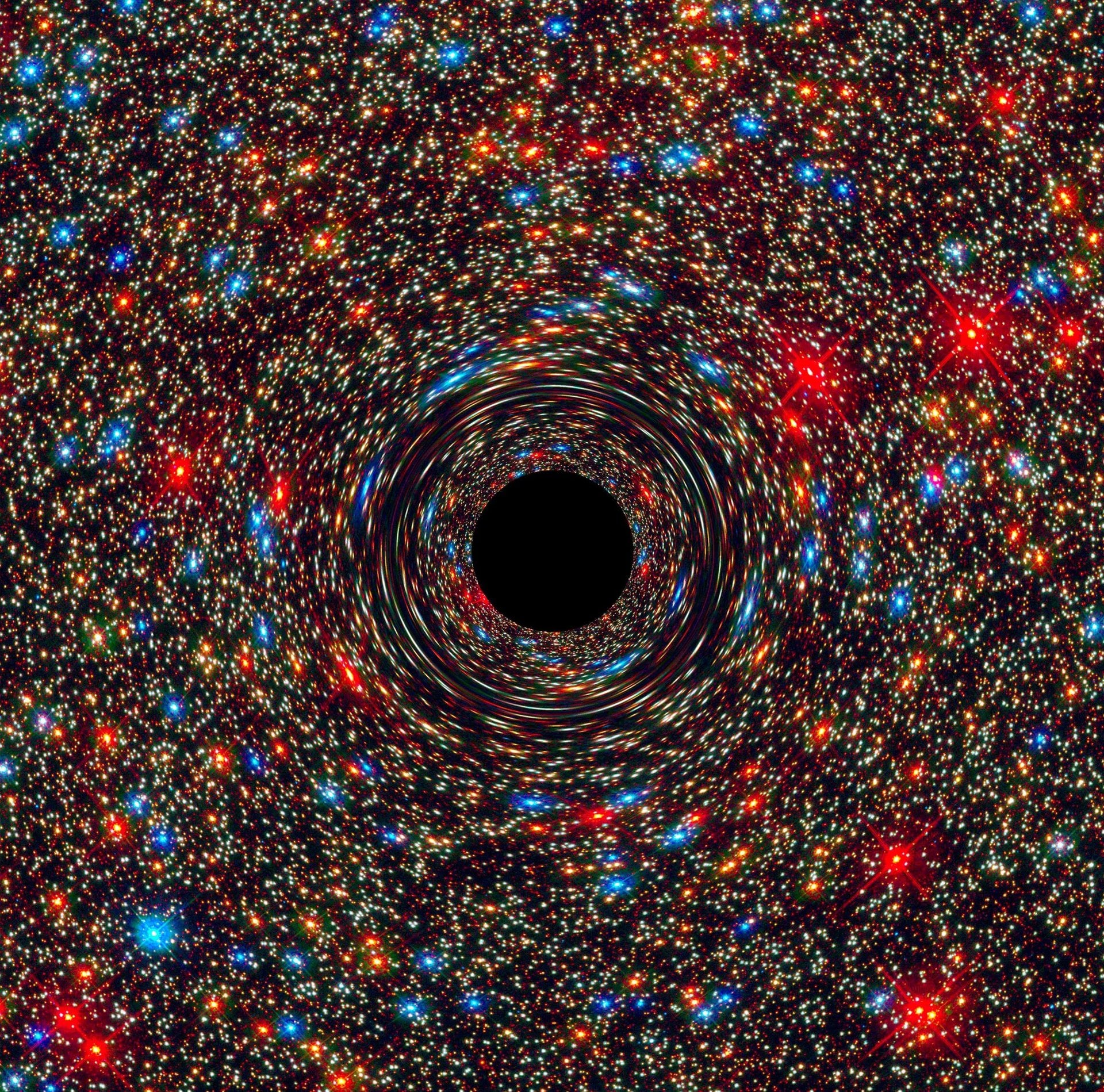
The early universe was a pretty intense place to be. And not just “early” as in a few billion years ago. I mean early early, just a few seconds after the Big Bang. The universe is small, less than a meter across. It’s hot, with temperatures so high it doesn’t even make sense to say them – they’re just stupidly high numbers with no connection to our everyday existence.
Continue reading

The UK is actively trying to support the infrastructure to make it a significant player in the coming age of the space economy. It recently received 560 proposals to it’s National Space Innovation Program, and handed out £17M in grants to 17 different organizations following five main themes. One of those is an effort by the University of Leicester and The Welding Institute (TWI) to develop a robotic welder for use in repairing and manufacturing in space, as described by a new press release from the university.
Continue reading

Astronomers have discovered a filament 50 million light years long containing hundreds of galaxies, all spinning together. This immense structure, located 140 million light years away, challenges current models of galaxy formation by showing that large scale rotation can persist far longer and more coherently than theories predicted. The discovery offers a rare glimpse into how galaxies acquire their spin and reveals the Cosmic Web as a more dynamically active place than previously imagined.
Continue reading

A new study reveals that Mars plays a surprisingly crucial role in Earth's climate cycles, with new simulations showing that the mass of our planetary neighbours directly controls the timing and intensity of Milankovitch cycles that drive ice ages. By varying Mars's mass from zero to ten times its current value in computer models, researchers discovered that a more massive Mars strengthens the ~100,000 year climate cycles and creates the 2.4 million year "grand cycle" that influences Earth's long term climate. This finding demonstrates that Earth's climate rhythms are connected to the gravitational structure of the inner Solar System, not just the Sun and Moon.
Continue reading

The European Space Agency's Euclid telescope has delivered an unprecedented set of observations of one million galaxies that shows that galaxy collisions play a dominant role in awakening supermassive black holes from their sleep. Using revolutionary AI-powered analysis methods, astronomers discovered that merging galaxies contain up to six times more active black holes than isolated galaxies, with the most luminous black holes found almost exclusively in collision zones.
Continue reading
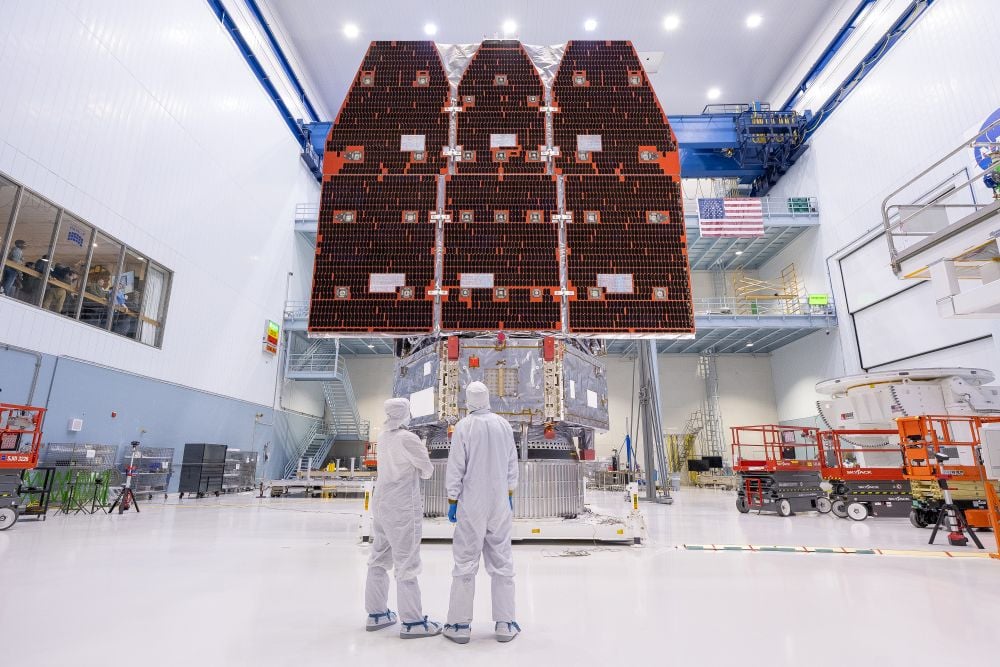
Construction is complete on the Nancy Grace Roman Space Telescope, and its ahead of schedule. After extensive testing, the new flagship telescope should be ready to launch in Fall, 2026.
Continue reading
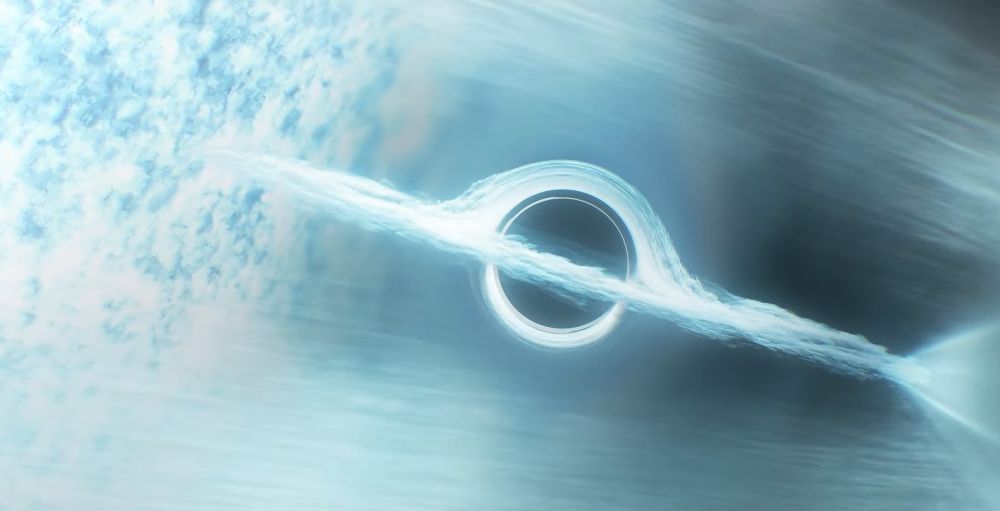
In July 2025, telescopes detected a gamma-ray burst (GRB) that lasted seven hours. Most GRBs last only milliseconds, or a few minutes. Only a handful have lasted longer than that, and July's GRB was the longest ever detected. It hints at a new, exotic type of explosive event, and astronomers have a few candidates.
Continue reading
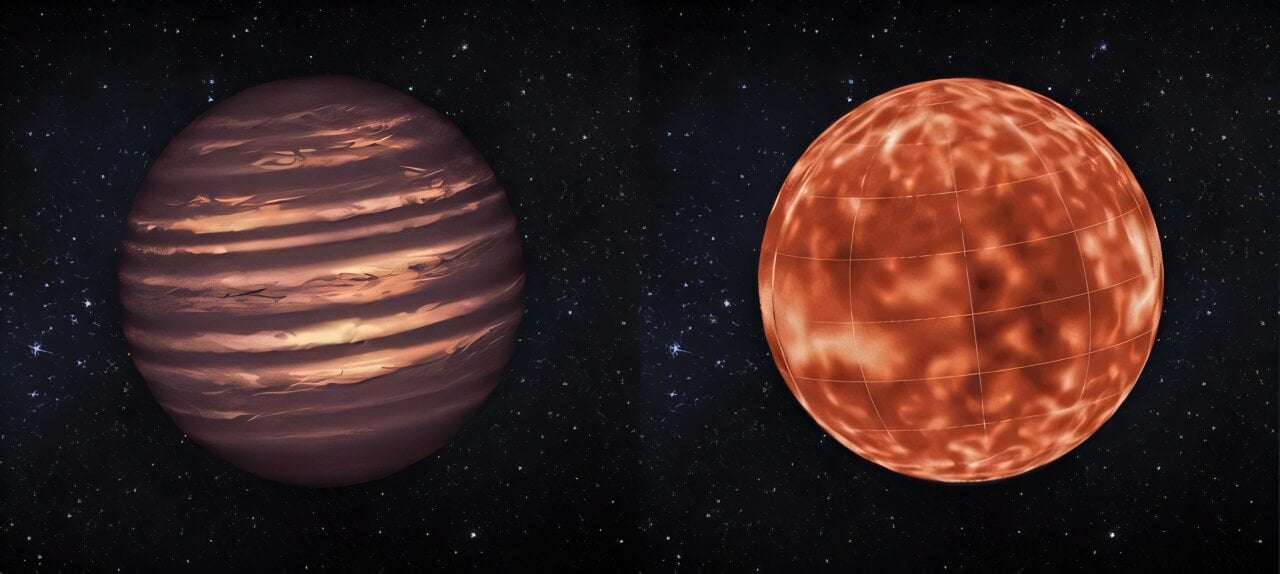
Super-Jupiters have masses a dozen times that of Jupiter, but they are often illustrated as having a very Jupiter-like appearance. A new study finds that the classic banded-cloud look of Jupiter is very different from the look of the largest worlds.
Continue reading
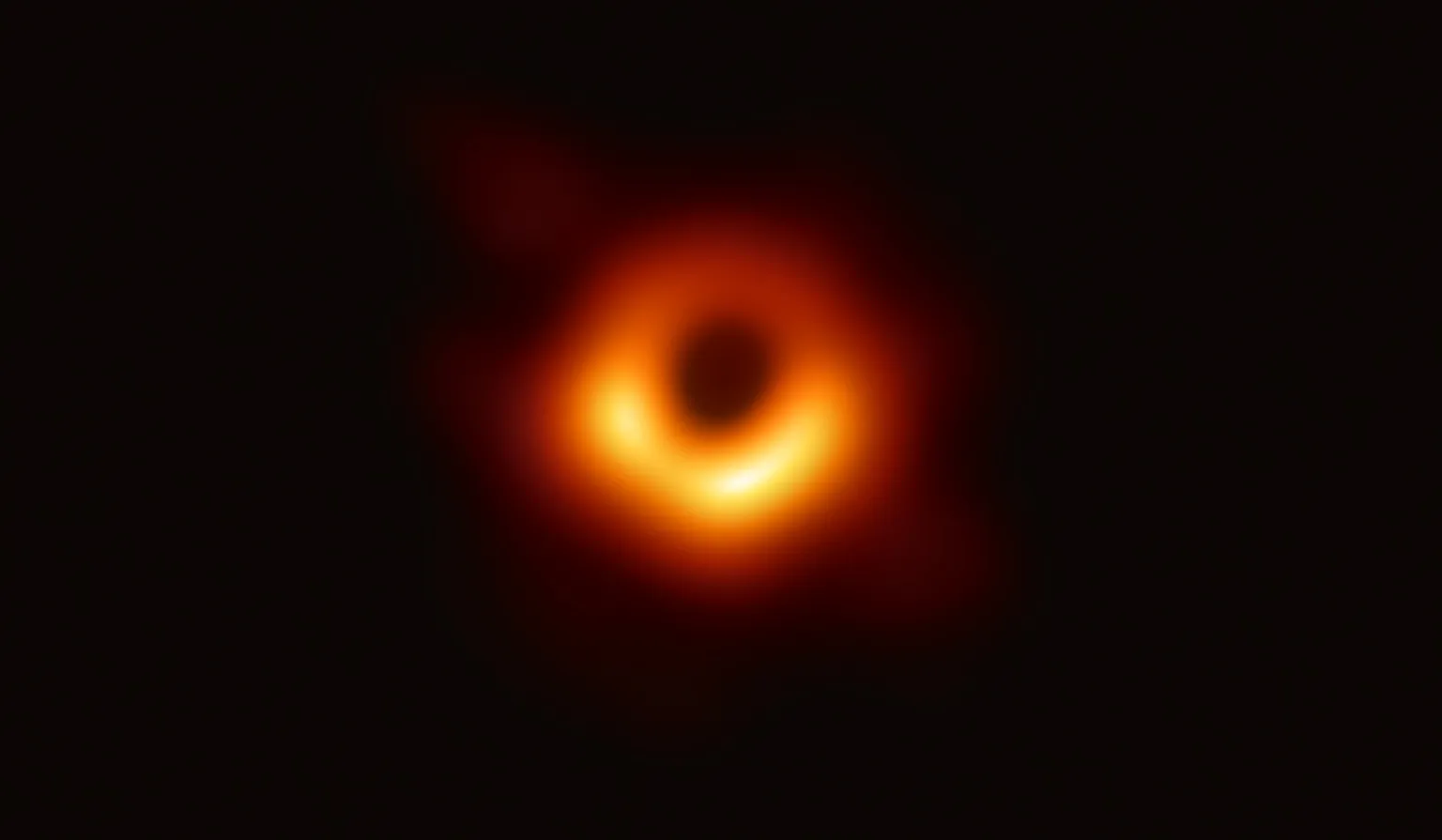
At the same time that Vera Rubin was turning cosmology upside down with conclusive evidence for the existence of dark matter, Stephen Hawking was doing…Stephen Hawking things.
Continue reading
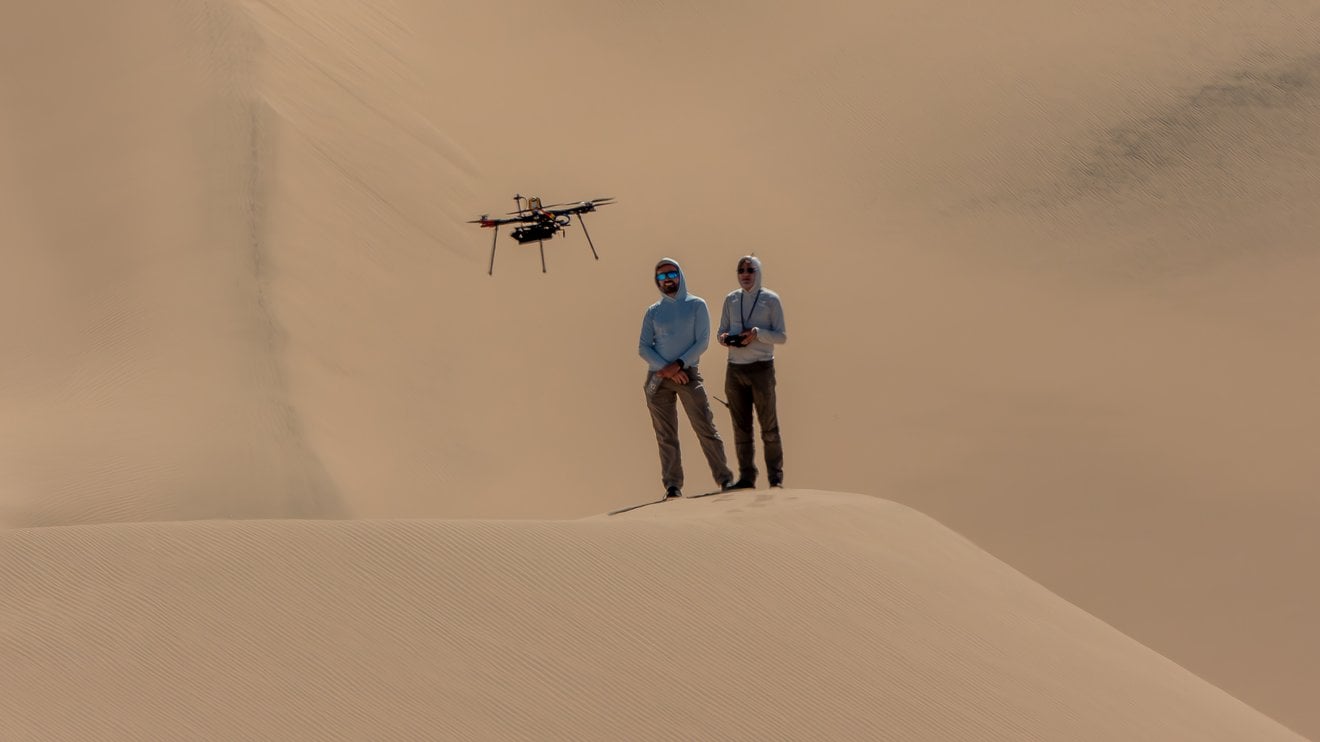
Engineers can be split into two camps - those who just release whatever they’re building and try to fix whatever might be wrong with it as they get feedback on it, and those who test their product in every possible way before releasing it to the public. Luckily, NASA engineers are in the latter camp - it wouldn’t look great if all of the probes we send throughout the solar system failed because of something we could have easily tested for here at home. However, finding analogues for the places we want to send those probes remains a challenge for some NASA projects, so they make due with the best Earth has to offer. For Mars, that means testing technology in the desert’s rolling sand dune and rocky outcrops, and this year several different NASA technologies were tested in deserts throughout the country, as reported in a press release from the agency.
Continue reading
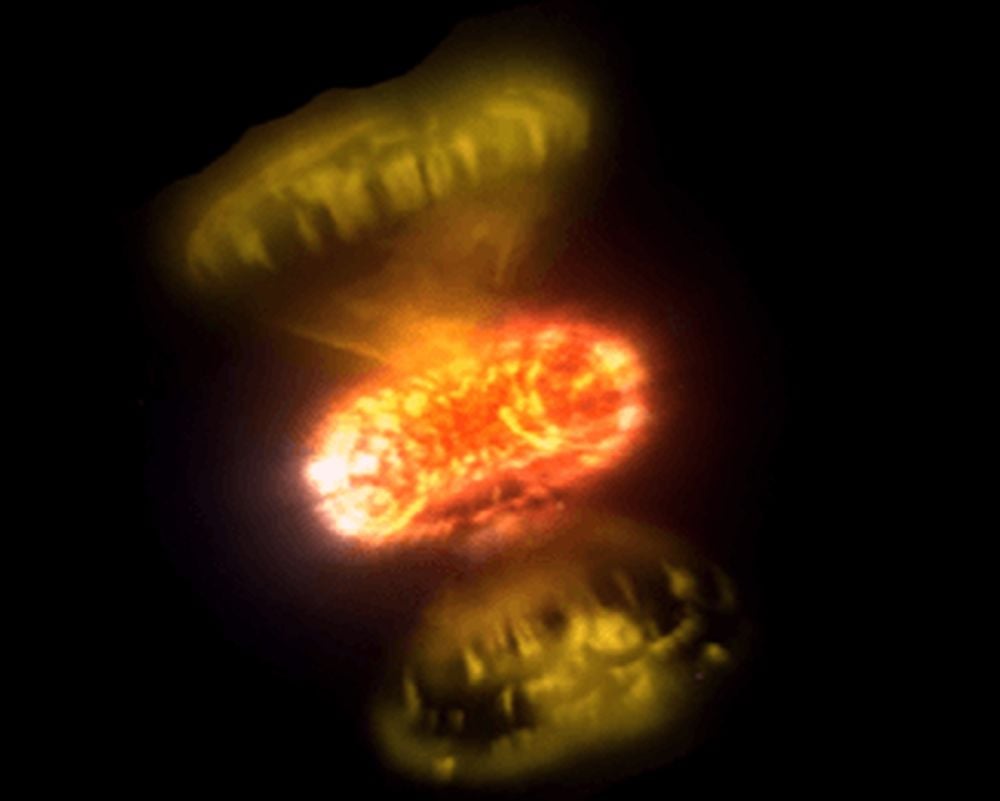
Astronomers have captured images of two nova explosions only days after they exploded. The detailed images show that these explosions are more complex than thought. There are multiple outflows and, in some cases, delayed ejection of material.
Continue reading
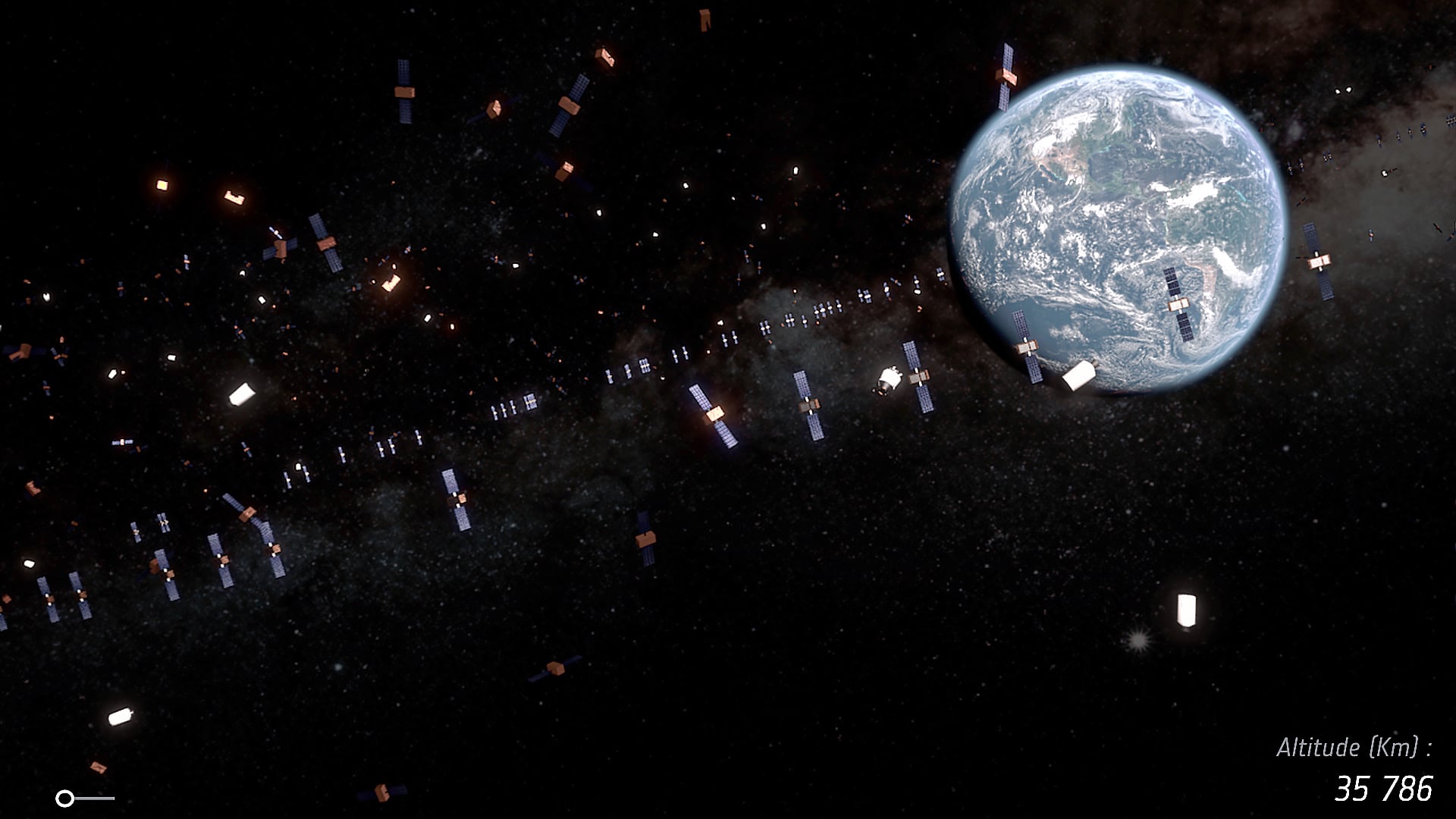
In a new study, sustainability and space scientists discuss how the principles of reducing, reusing, and recycling could be applied to satellites and spacecraft.
Continue reading
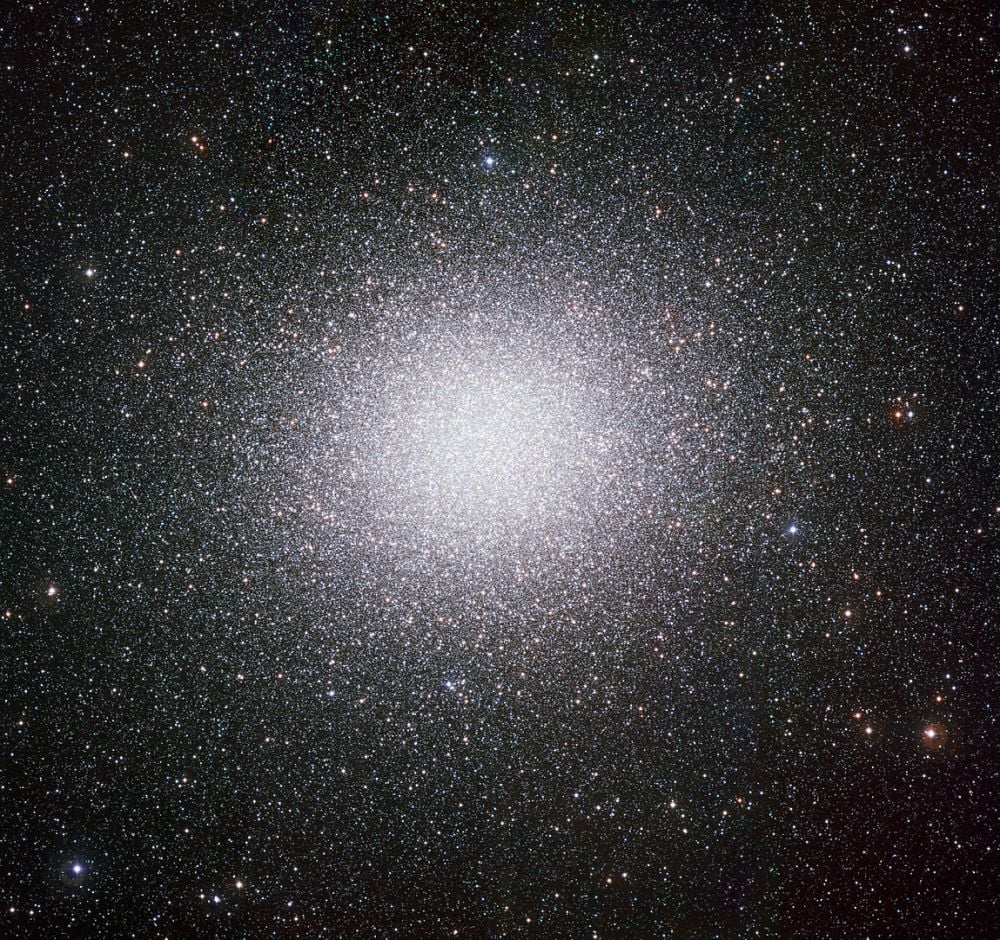
Astronomers have acquired evidence that Omega Centauri, the largest-known globular cluster in the Milky Way, hosts an intermediate mass black hole (IMBH). These elusive objects should exist, according to theory, but have been difficult to verify. The IMBH in Omega Centauri is considered a candidate black hole, and new research examined the region with the JWST for any conclusive evidence.
Continue reading
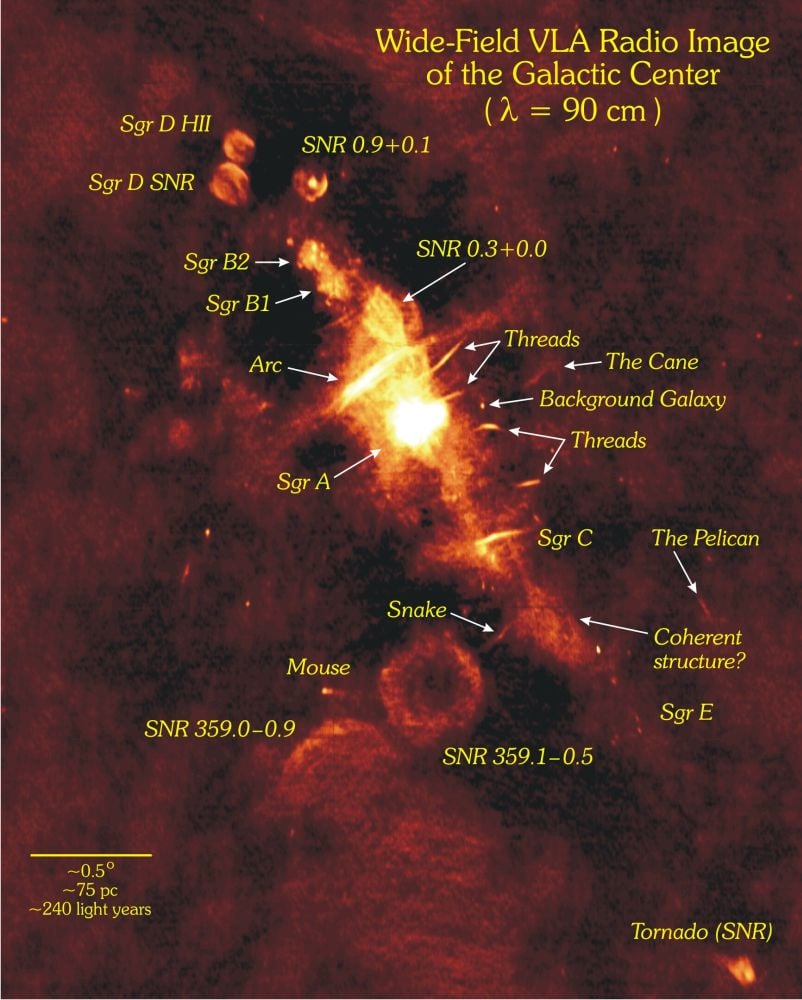
New research and observations with the VLT's ERIS instrument show that some stars are following predictable orbits near Sagitarrius A-star, the Milky Way's supermassive black hole. This goes against the established idea that the black hole's enormous gravity destroys stars and gas clouds. Even a binary star system in the region seems to go about its business unaffected.
Continue reading
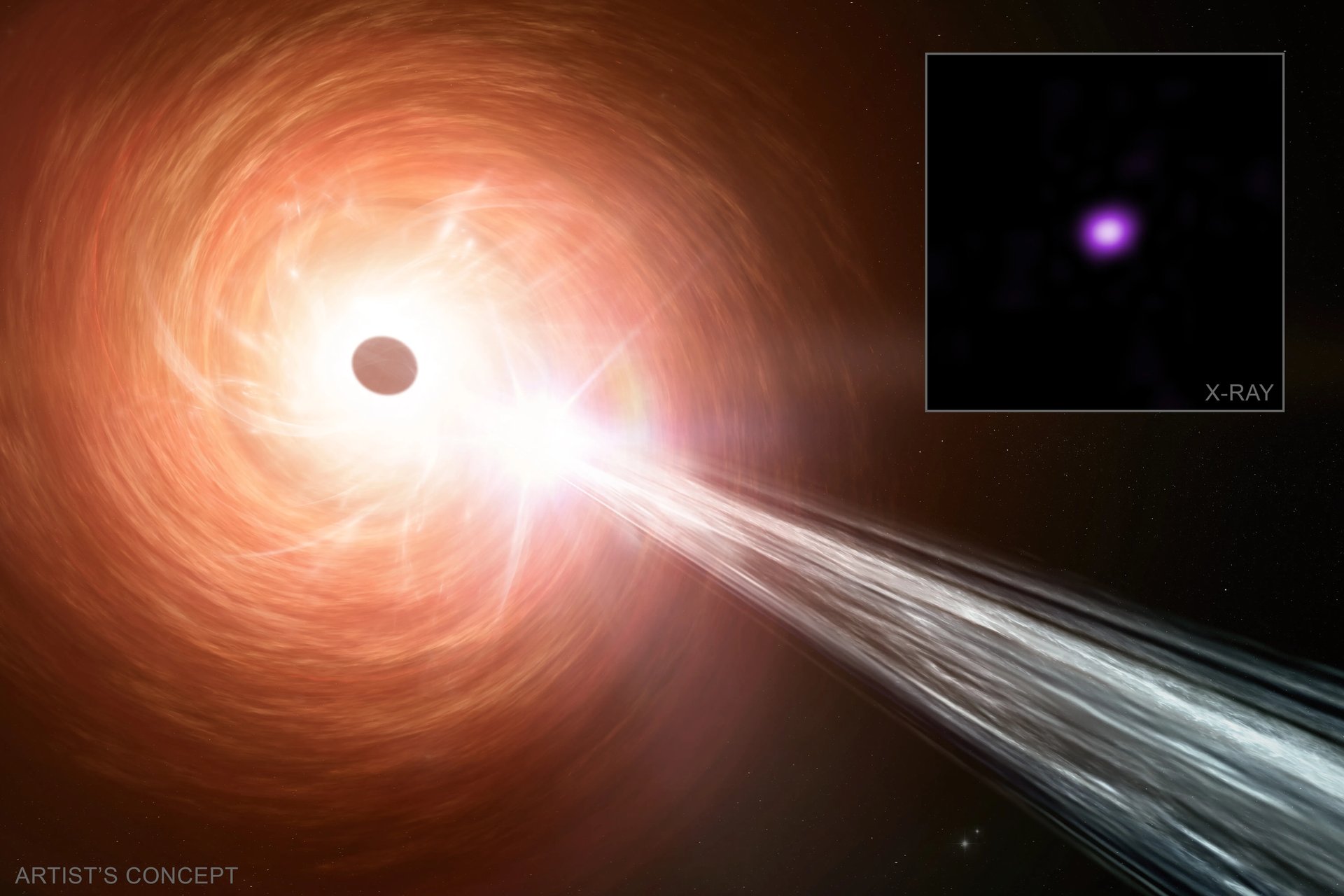
Do I really need to go over the evidence for dark matter again?
Okay, fine, for those of you in the back who weren’t paying attention the first time.
Continue reading

Removing, or “scrubbing”, carbon dioxide from the air of confined spaces is a critical component of any life support system on a spacecraft or submarine. However, modern day ones are energy intensive, requiring temperatures of up to 200℃ to operate. So a research lab led by Dr. Hui He at Guangxi University in China has developed what they call “micro/nano reconfigurable robots” (MNRM) to scrub CO2 from the air much more efficiently. Their work is described in a new paper in Nano-Micro Letters.
Continue reading
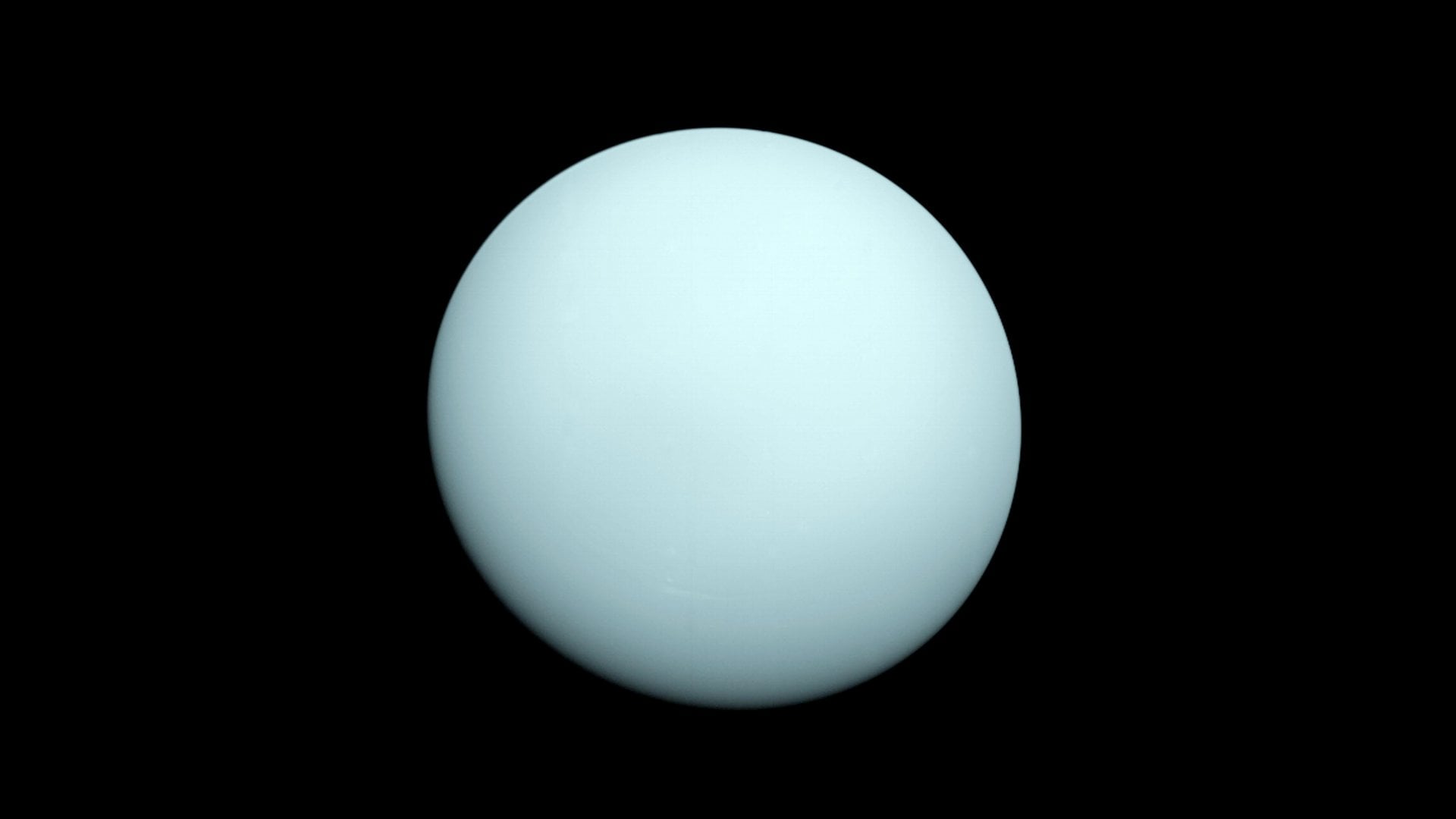
Southwest Research Institute (SwRI) scientists believe they may have resolved a 39-year-old mystery about the radiation belts around Uranus.
Continue reading
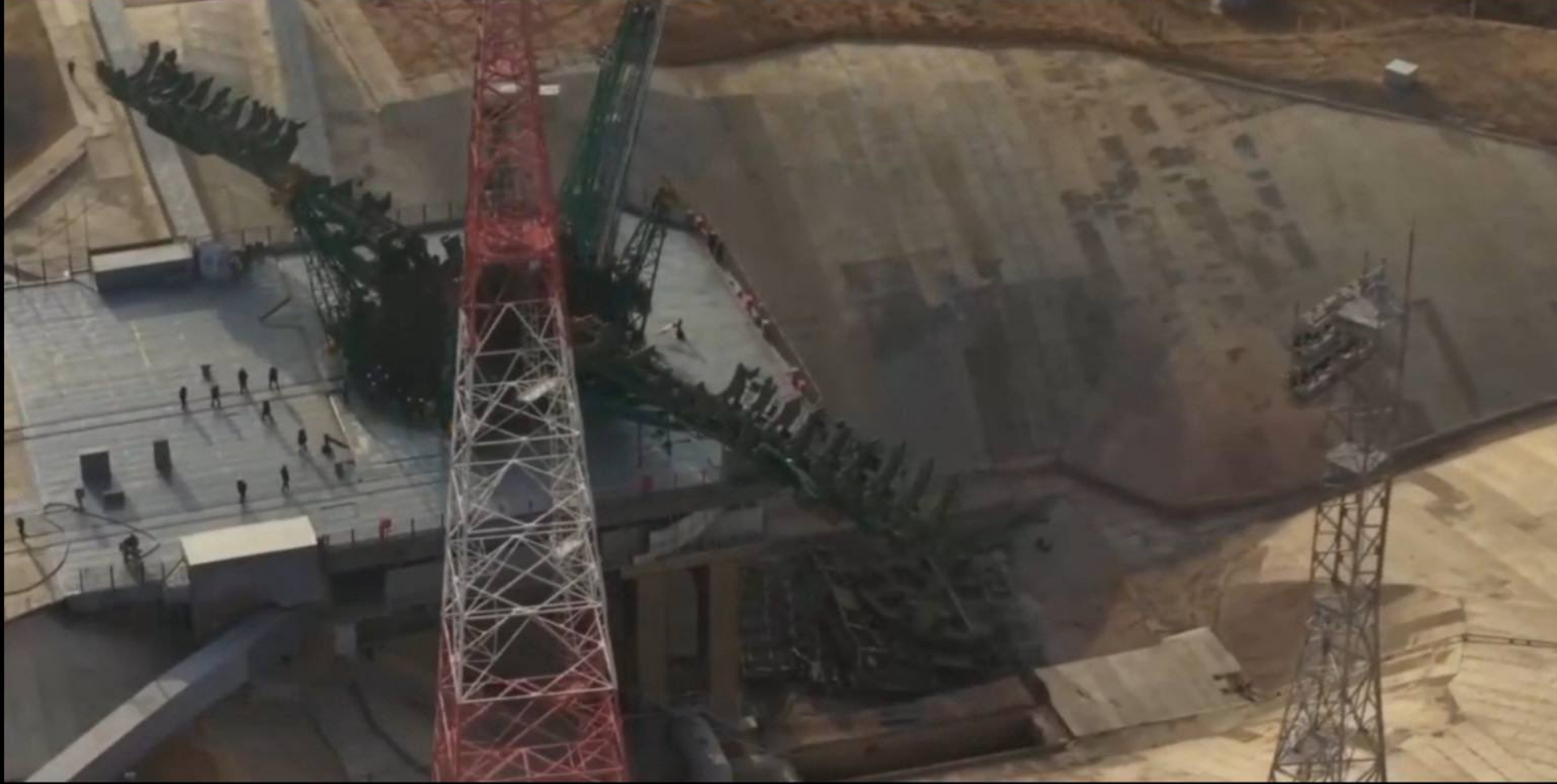
A severe accident at the Baikonur Cosmodrome involving a wrecked maintenance cabin has indefinitely delayed Russia's ability to launch crewed missions and payloads to the International Space Station (ISS).
Continue reading

What is “gum”? Most people have probably never considered this question, and might answer something like a chewy material you can put in your mouth. But, to a scientist they might answer something like “nitrogen-rich polymeric sheets”, because precisely defining the chemistry of a material is important to them. Or at least, that’s what they called a type of organic material found in the sample collected of the asteroid Bennu by the OSIRIS-REx spacecraft. But more informally, scientists have taken to calling it “space gum”, and the process it formed under is making some of them question current models of asteroid formation.
Continue reading

Hot exozodiacal dust can thwart our efforts to detect exoplanets. It causes what's called coronagraphic leakage, which confuses the light signals from distant stars. The Habitable Worlds Observatory will face this obstacle, and new research sheds light on the problem.
Continue reading
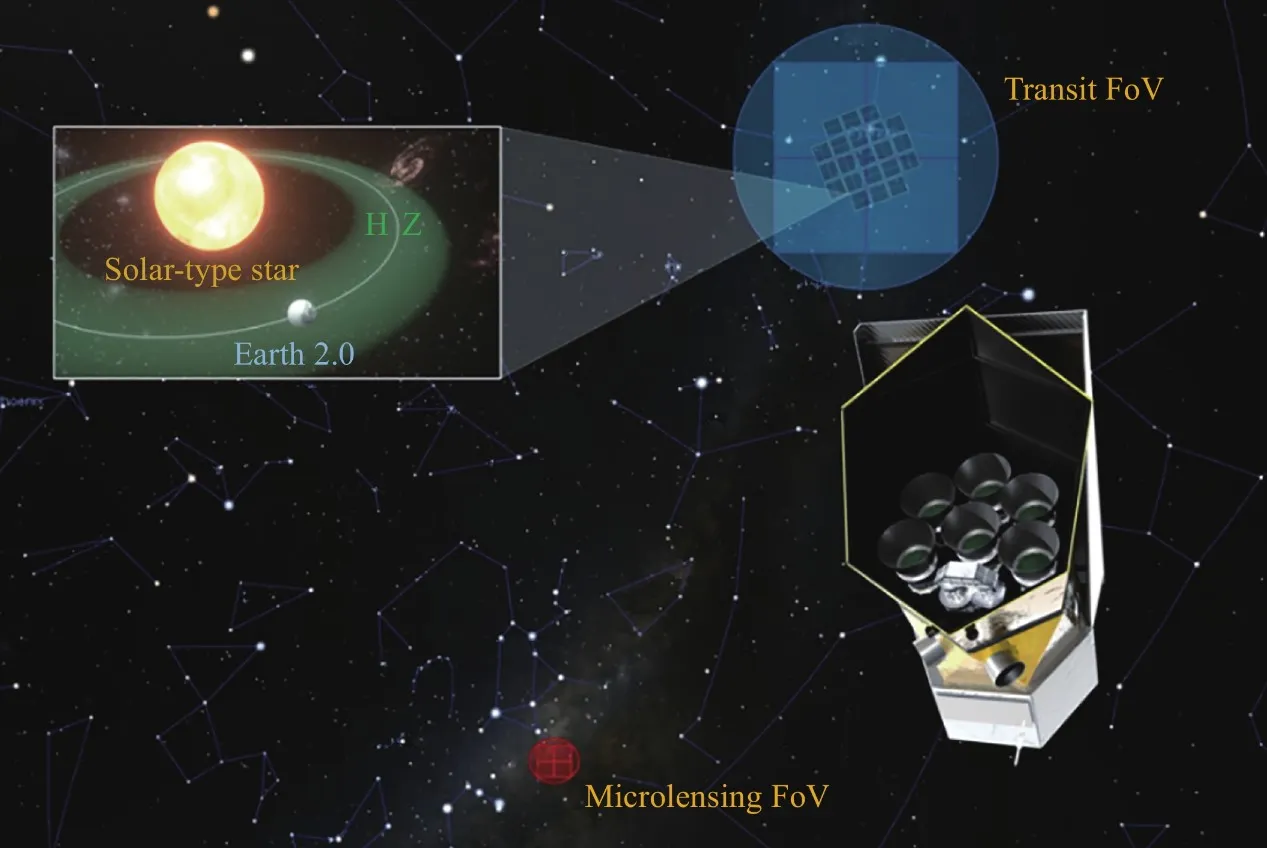
A video that appeared on CGTN's Hot Take details four missions that China will be sending to space in the coming years, including a survey telescope that will search for Earth 2.0.
Continue reading
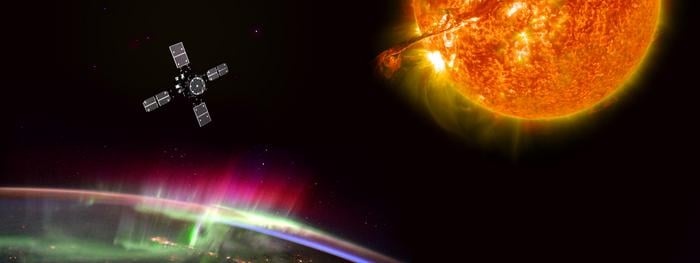
A powerful geomagnetic superstorm is a once a generation event, happening once every 20-25 years. Such an event transpired on the night of May 10/11, 2024, when an intense solar storm slammed into the Earth’s protective magnetic sheath. Now, a recent study shows just how intrusive that storm was, and how long it took for the Earth’s plasma layer to recover.
Continue reading
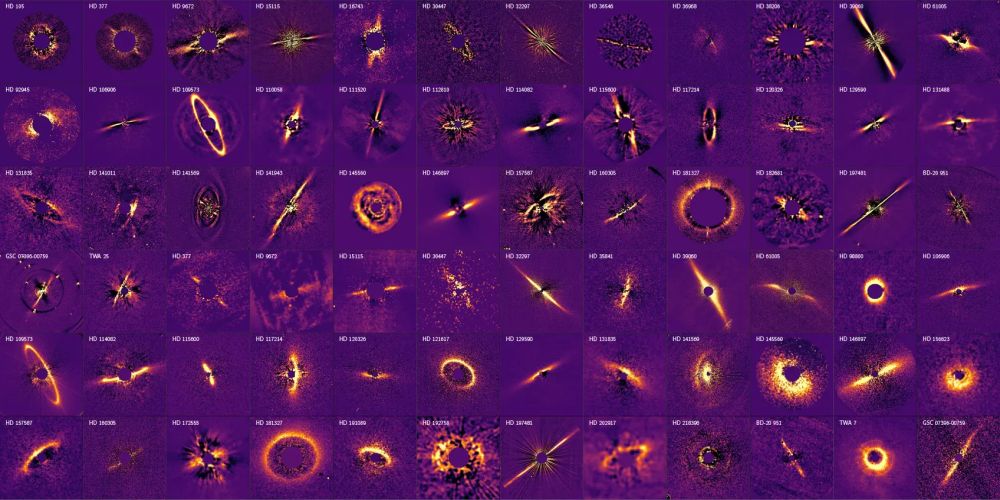
Observations with the SPHERE instrument on the European Southern Observatory's VLT revealed the presence of debris rings similar to structures in our Solar System. SPHERE found rings similar to the Kuiper Belt and the Main Asteroid Belt. Though individual asteroids and comets can't be imaged, these debris rings infer that other solar systems have architectures similar to ours.
Continue reading
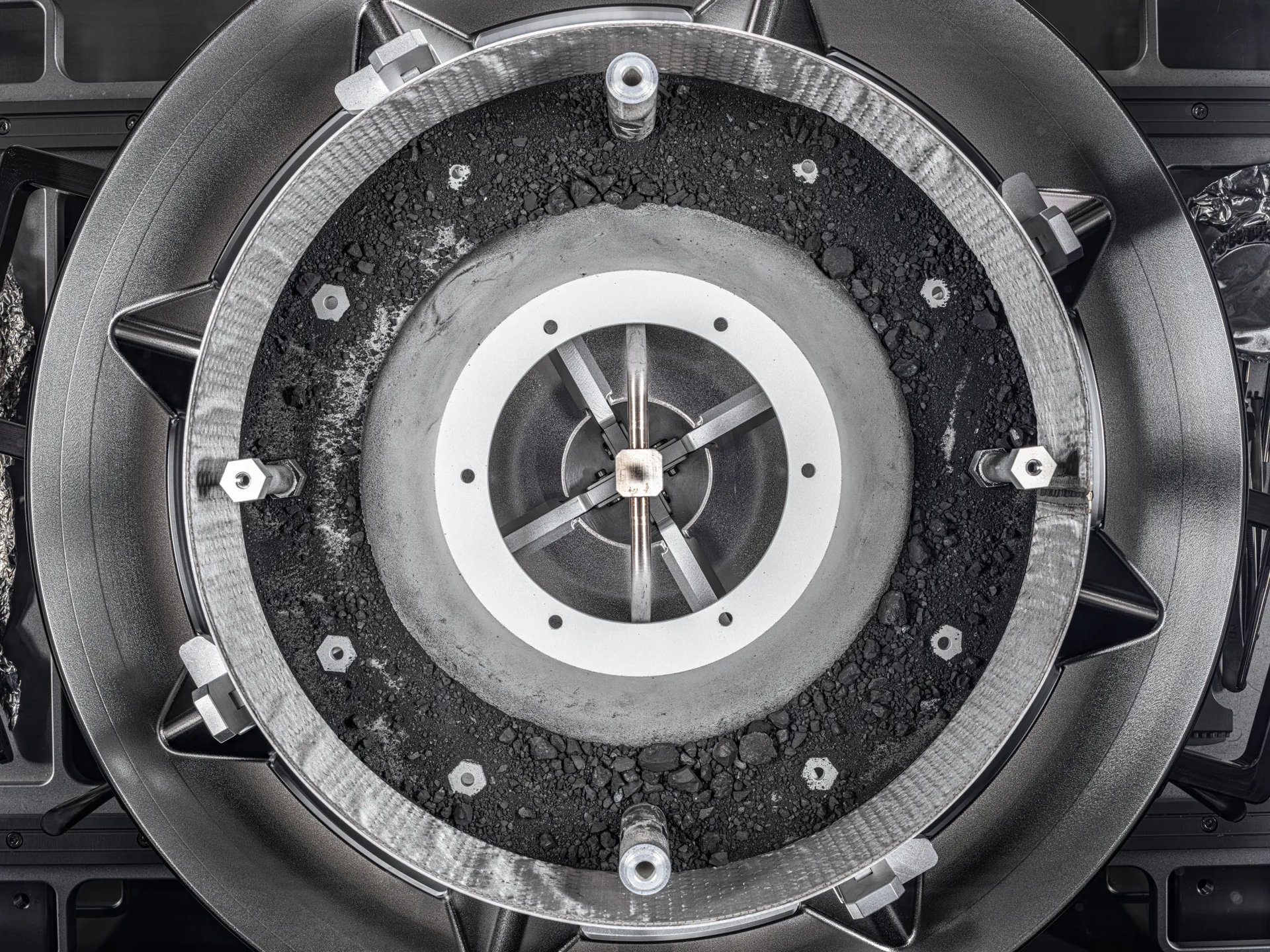
It’s been over two years since the samples from Bennu gathered by OSIRIS-REx were returned to Earth. But there’s still plenty of novel science coming out of that 121.6 g of material. Three new papers were released recently that describe different aspects of that sample. One in particular, from Yoshihiro Furukawa of Tohoku University in Japan and their co-authors, has already attracted plenty of attention, including from US Senator (and former astronaut) Mark Kelly. It shows that all of the building blocks for early life were available on the asteroid - raising the chances that planets throughout the galaxy could be seeded with the abiotic precursors for life.
Continue reading
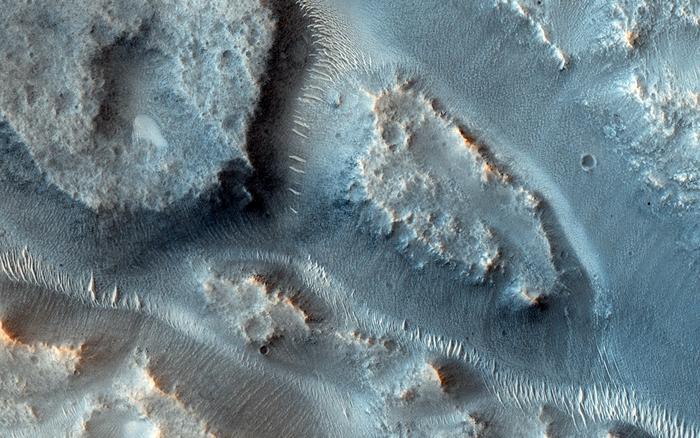
What can mapped drainage systems on Mars teach scientists about the Red Planet’s watery past? This is what a recent study published in the Proceedings of the National Academy of Sciences hopes to address as a team of scientists from the University of Texas at Austin (UT Austin) conducted a first-time mapping study involving Martian river basins. This study has the potential to not only gain insight into ancient Mars and how much water existed there long ago but also develop new methods for mapping ancient river basins on Mars and potentially other worlds.
Continue reading
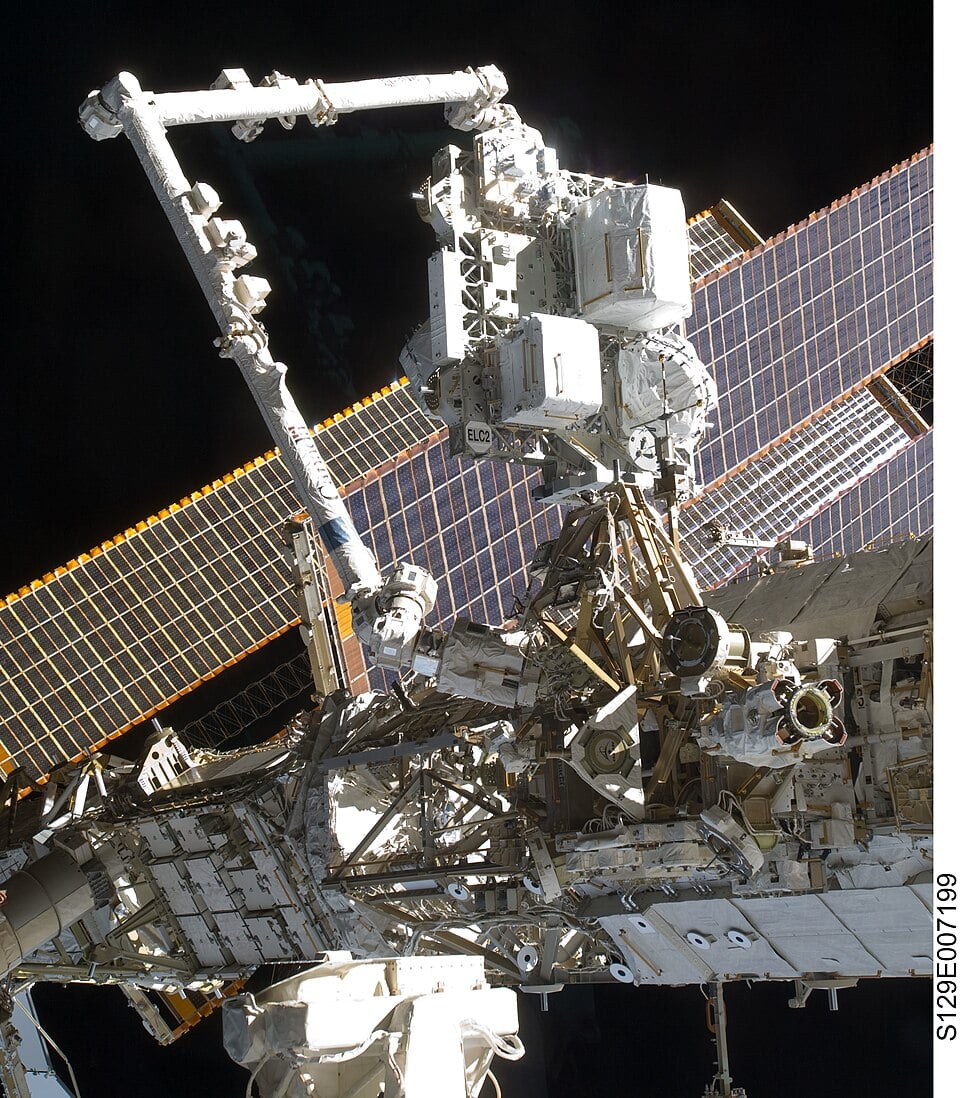
Scientists have launched COLIS, a special laboratory aboard the International Space Station designed to study how everyday materials like sunscreens, mayonnaise, and medications behave in near zero gravity. Researchers discovered that gravity influences the long term stability of soft matter far more dramatically than previously understood, affecting how these materials age and restructure at the molecular level. This research could fundamentally improve how we design everything from controlled release drugs to self assembling materials, demonstrating that understanding materials in space offers unexpected benefits for life on Earth.
Continue reading
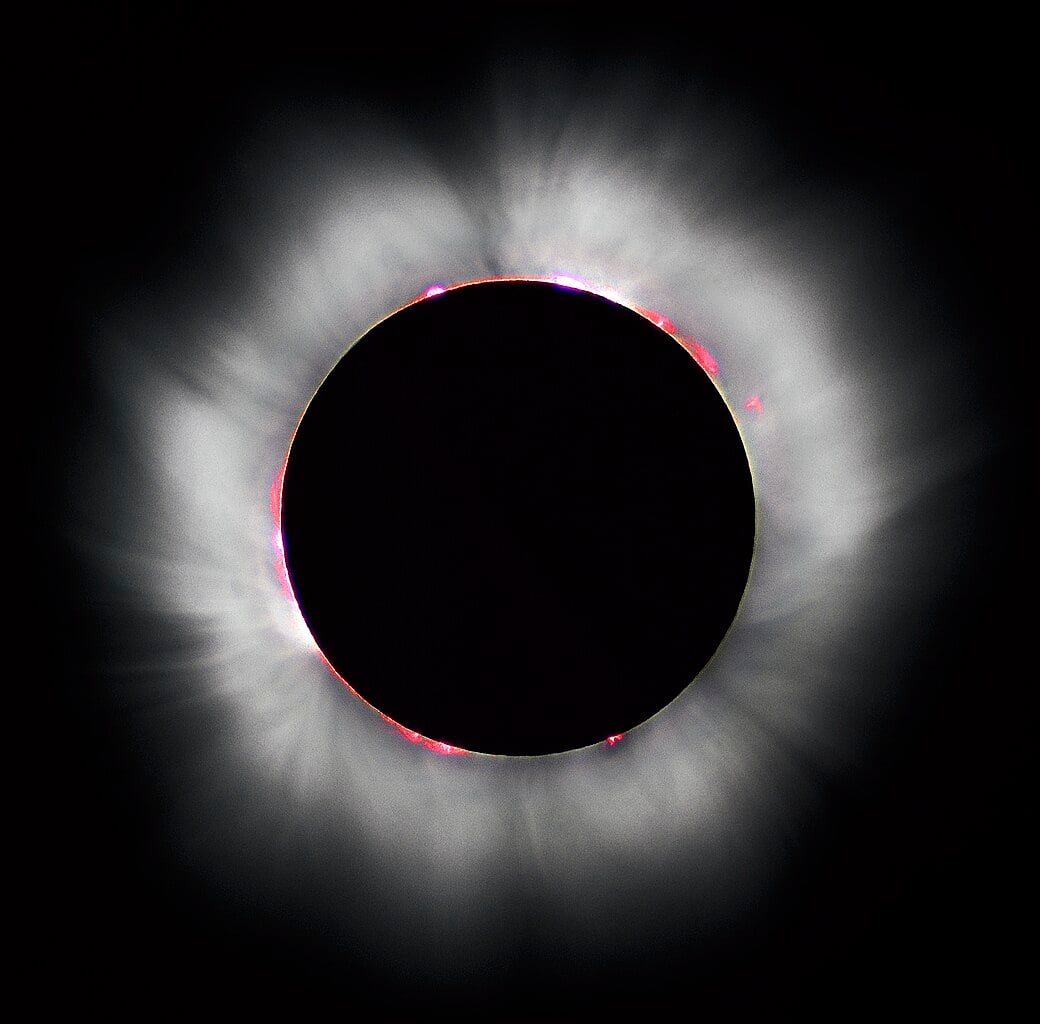
On a summer day in 709 BCE, scribes at the Lu Duchy Court in ancient China looked up to witness something extraordinary. The Sun vanished completely from the sky, and in its place hung a ghostly halo. They recorded the event carefully, noting that during totality the eclipsed Sun appeared "completely yellow above and below." Nearly three millennia later, that ancient observation has helped modern scientists measure how fast Earth was spinning and understand what our Sun was doing at a time when Homer was composing poetry.
Continue reading
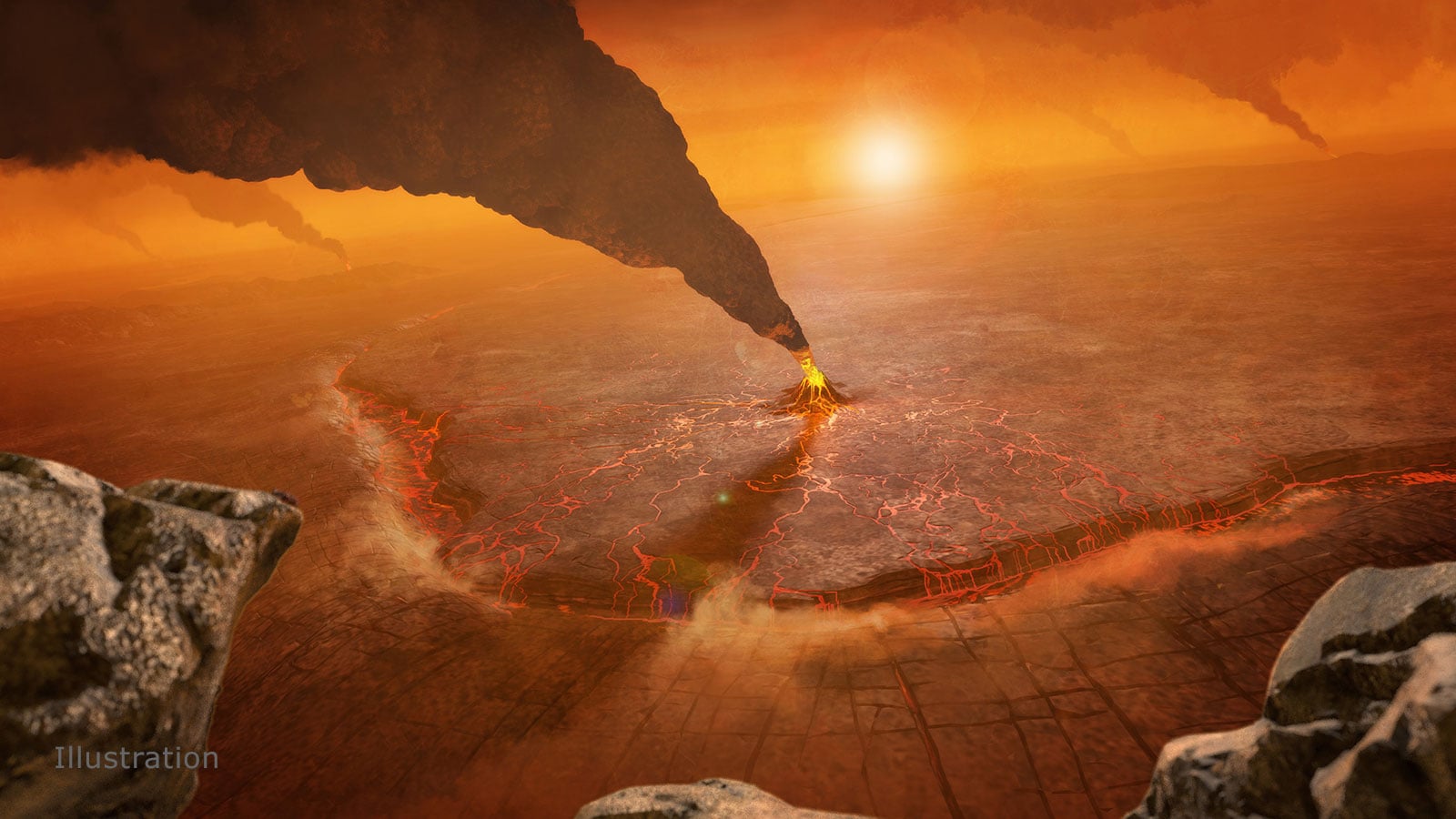
An international team has made a significant breakthrough in understanding the tectonic evolution of terrestrial planets. Using advanced numerical models, the team systematically classified for the first time six distinct planetary tectonic regimes. Their work provides a unified theory on the geological evolution of both Earth and Venus.
Continue reading
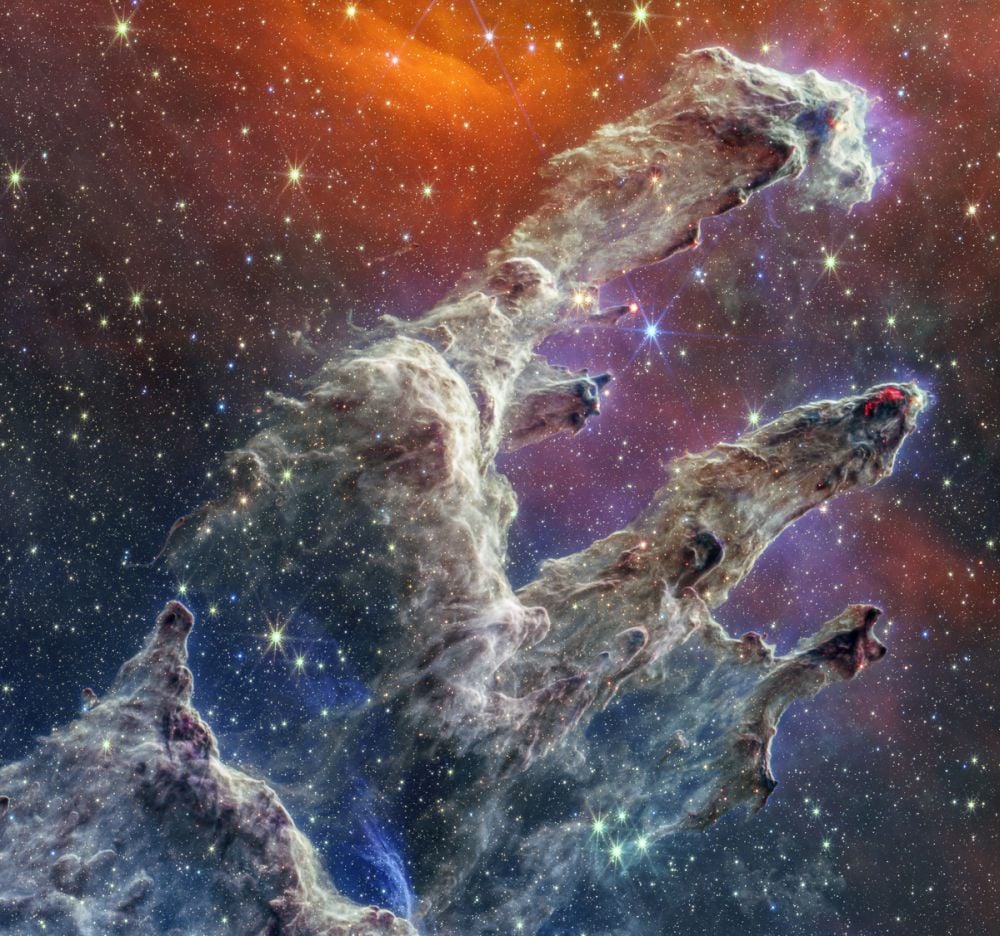
Intermediate mass stars experience periods of rapid growth in their late stages of formation. The growing young star emits more radiation that encourages greater accretion. Rather than depleting their protoplanetary disks and preventing gas giants from forming, the opposite is true.
Continue reading
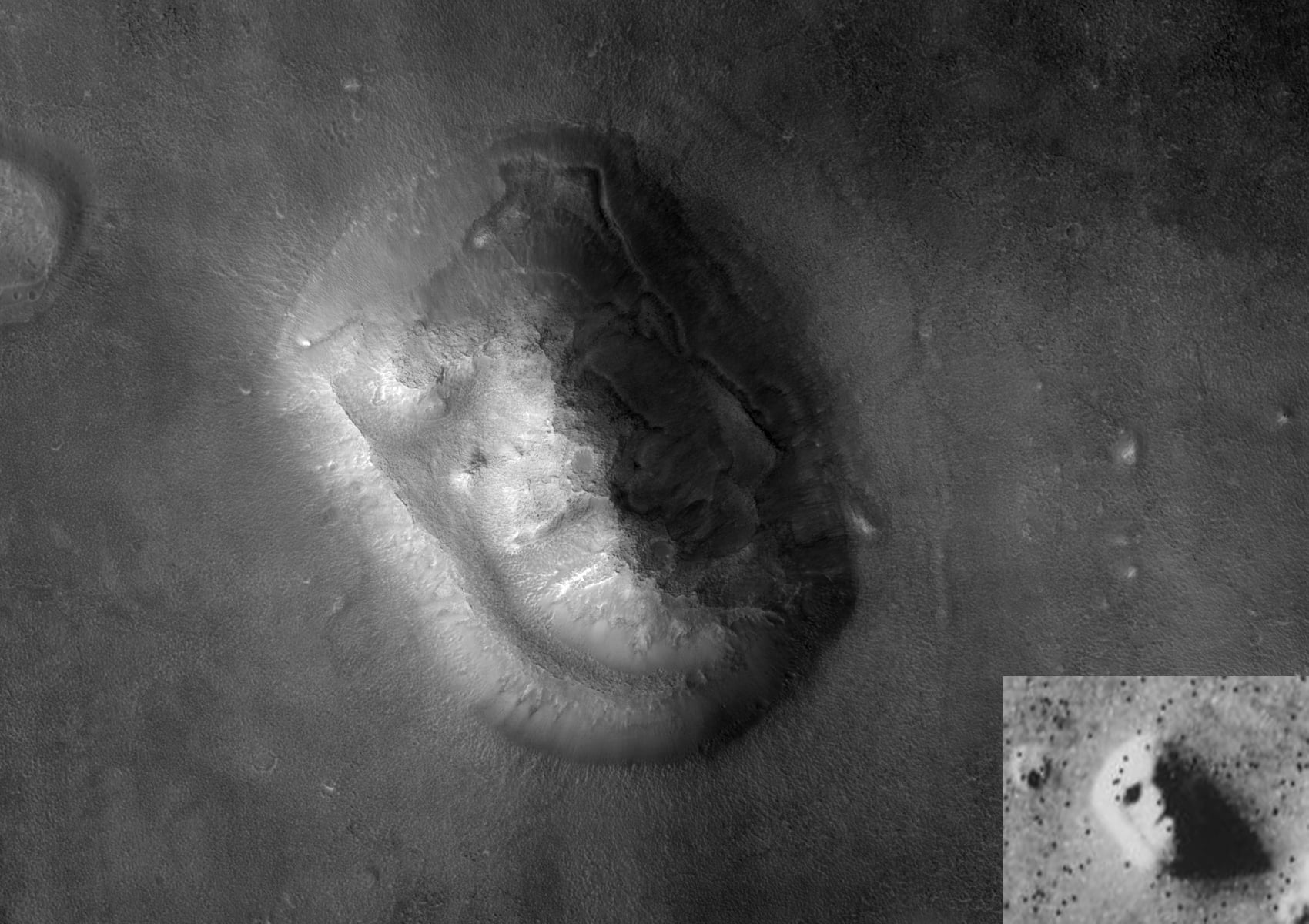
In a recent paper, a team of SETI and astrobiology specialists examines four controversial claims about the existence of extraterrestrial life. From these, they present recommendations for scientists and science communicators when addressing future claims of discovery.
Continue reading

Searching for technosignatures - signs of technology on a planet that we can see from afr - remains a difficult task. There are so many different factors to consider, and we only have the technological capabilities to detect a relatively small collection of them. A new paper, available in pre-print on arXiv but also accepted for publication into The Astrophysical Journal Letters, from Jacob Haqq-Misra of the Blue Marble Space Institute of Science and his co-authors explores some of those capabilities by using a framework they developed known as Project Janus that estimates what technology will look like on Earth 1,000 years from now in the hopes that we can test whether or not we can detect it on another planet.
Continue reading
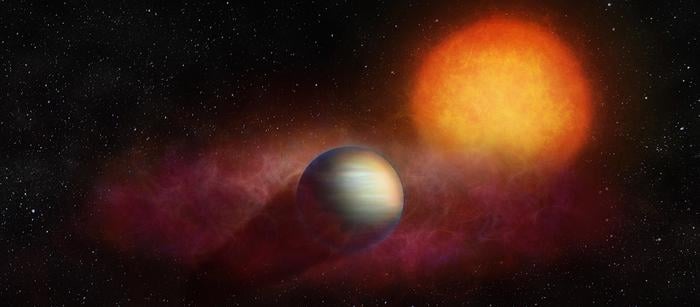
What can an exoplanet leaking helium teach astronomers about the formation and evolution of exoplanet atmospheres? This is what a recent study published in Nature Astronomy hopes to address as an international team of scientists investigated atmospheric escape on a puffy exoplanet. This study has the potential to help scientists better understand the formation and evolution of gas giant planets, specifically with many gas giant planets observed orbiting extremely close to their stars.
Continue reading
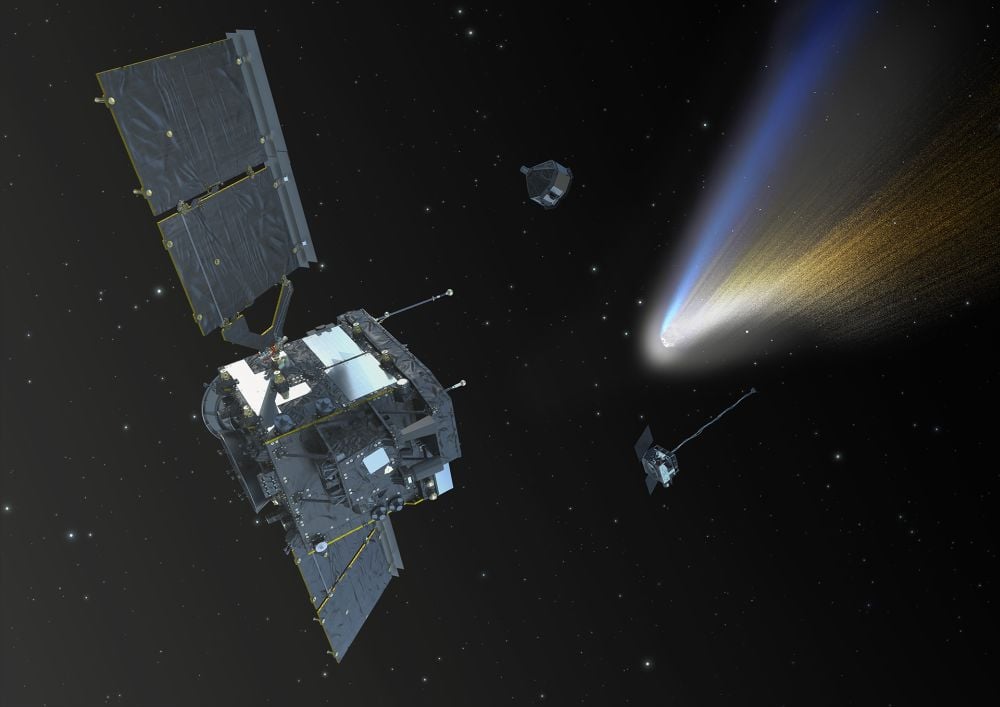
arXiv:2512.00492v1 Announce Type: new Abstract: We describe how the ESA Comet Interceptor mission, which is due to launch in 2028/29 to a yet-to-be-discovered target, can provide a conceptual basis for a future mission to visit an Interstellar Object. Comet Interceptor will wait in space until a suitable long period comet is discovered, allowing rapid response to perform a fast flyby of an object that will be in the inner Solar System for only a few years; an enhanced version of this concept ...
Continue reading

The JWST has made a name for itself by discovering mature galaxies in the Universe's early times. This time, a pair of Indian astronomers working with the JWST found a fully-formed spiral galaxy much like the Milky Way only 1.5 billion years after the Big Bang. The discovery, and others like it, are forcing scientists to reconsider their understanding of the cosmic timeline.
Continue reading
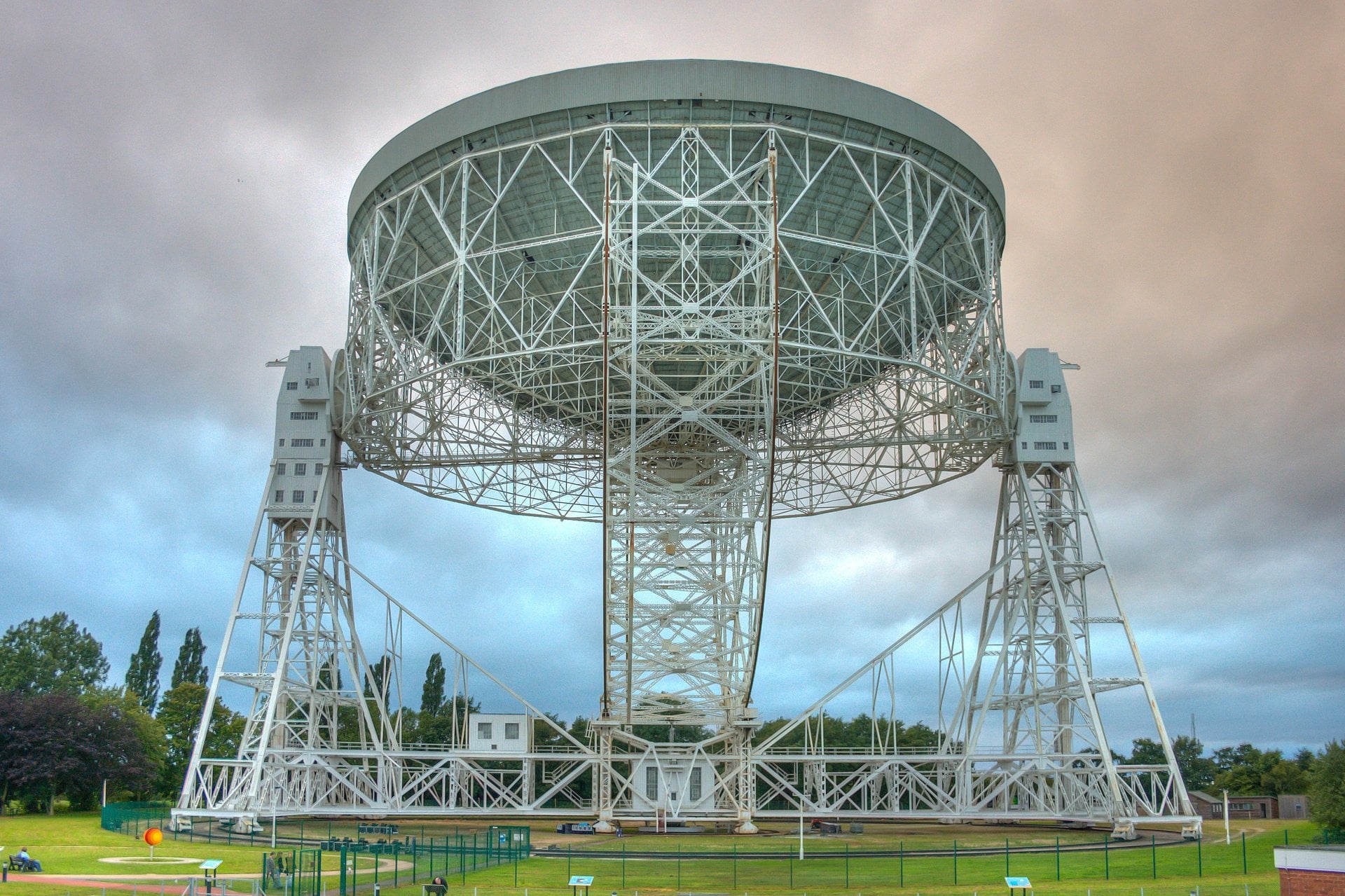
We've long known that we move through the Universe relative to the cosmic microwave background, but a new study of radio galaxies finds an even faster result, which could contradict the standard model of cosmology.
Continue reading

The European Space Agency has release its ESA/Webb Picture of the Month and it features a pair of dwarf galaxies engaged in a tentative dance, like nervous partners at a social. The pair are a staggering 24 million light-years away. But even at that great distance, the pair of galaxies is the closest-known interacting pair of dwarfs, other than the Milky Way's Magellanic Clouds, where both the stellar populations and the gas bridge linking the galaxies have been observed.
Continue reading
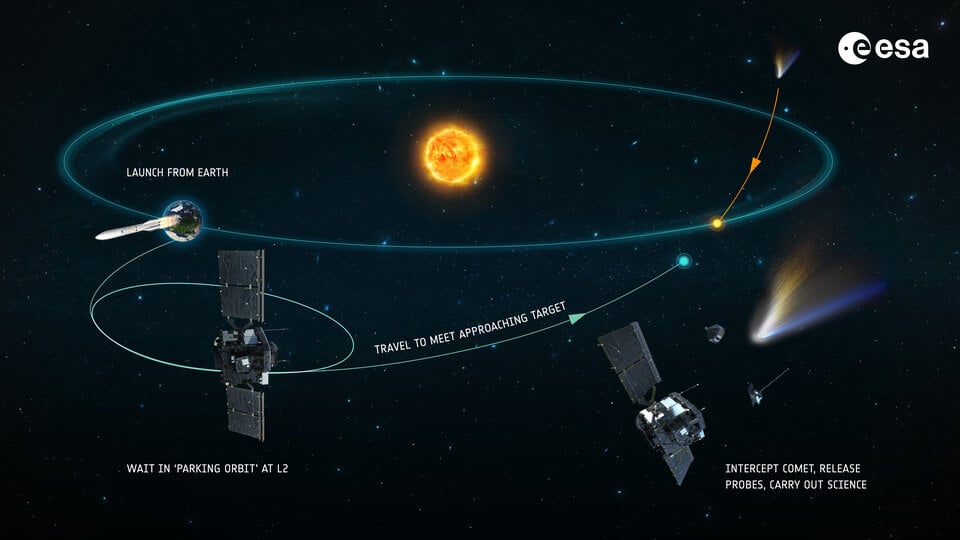
There’s been a lot of speculation recently about interstellar visitor 3I/ATLAS - much of which is probably caused by low quality data given that we have to observe it from either Earth, or in some case Mars. In either case it’s much further away that what would be the ideal. But that might not be the case for a future interstellar object. The European Space Agency (ESA) is planning a mission that could potentially visit a new interstellar visitor, or a comet that is making its first pass into the inner solar system. But, given the constraints of the mission, any such potential target object would have to meet a string of conditions. A new paper by lead Professor Colin Snodgrass of the University of Edinburgh of his colleagues, discusses what those conditions are, and assesses the likelihood that we’ll find a good candidate within a reasonable time of the mission's launch.
Continue reading
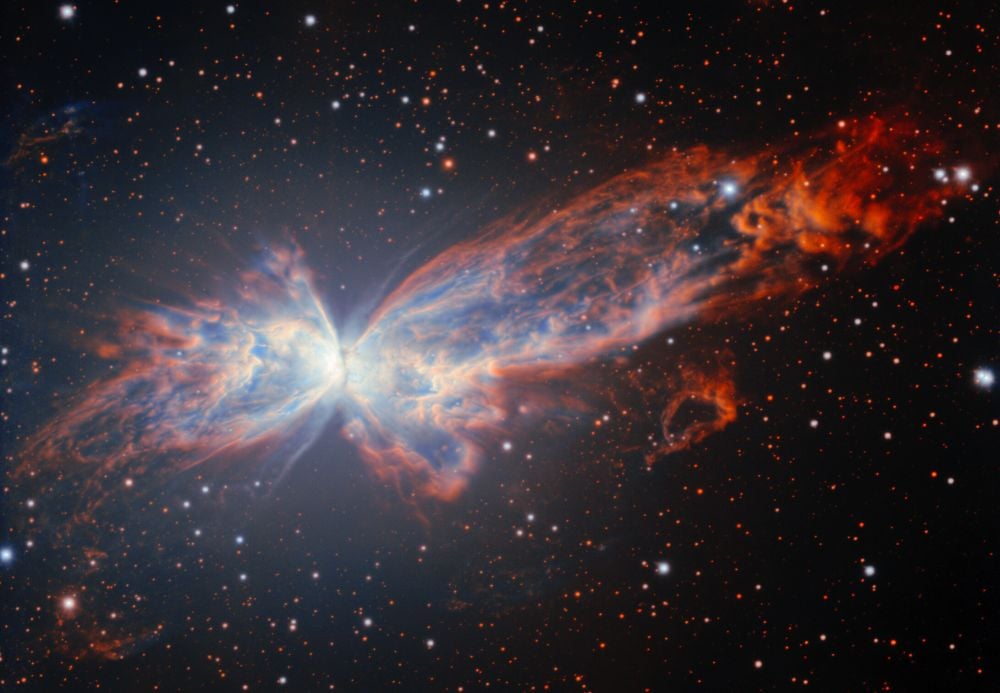
To celebrate 25 years since the completion of the International Gemini Observatory, students in Chile voted for the Gemini South telescope to image NGC 6302 — a billowing planetary nebula that resembles a cosmic butterfly. The International Gemini Observatory is partly funded by the U.S. National Science Foundation (NSF) and operated by NSF NOIRLab.
Continue reading

 Universe Today
Universe Today















































